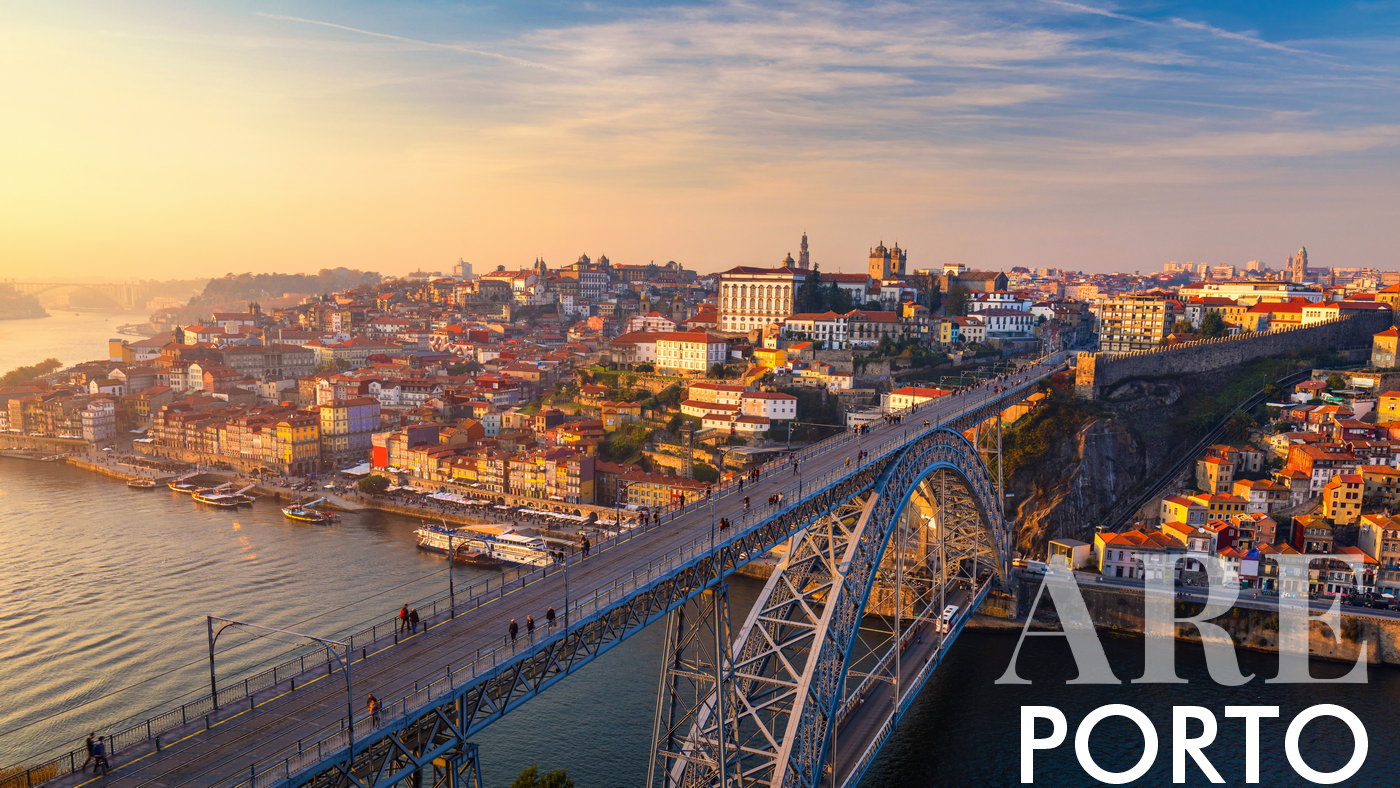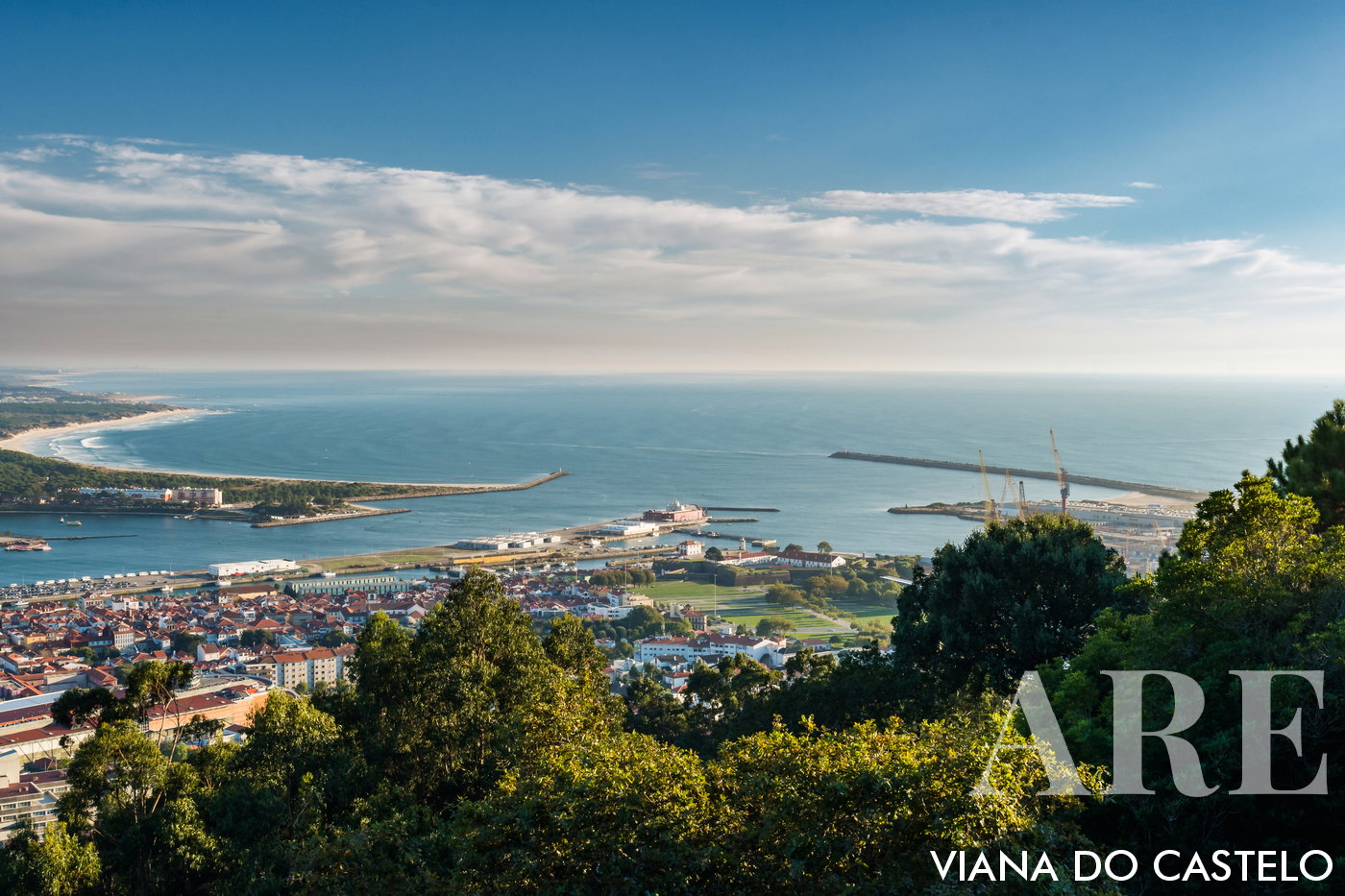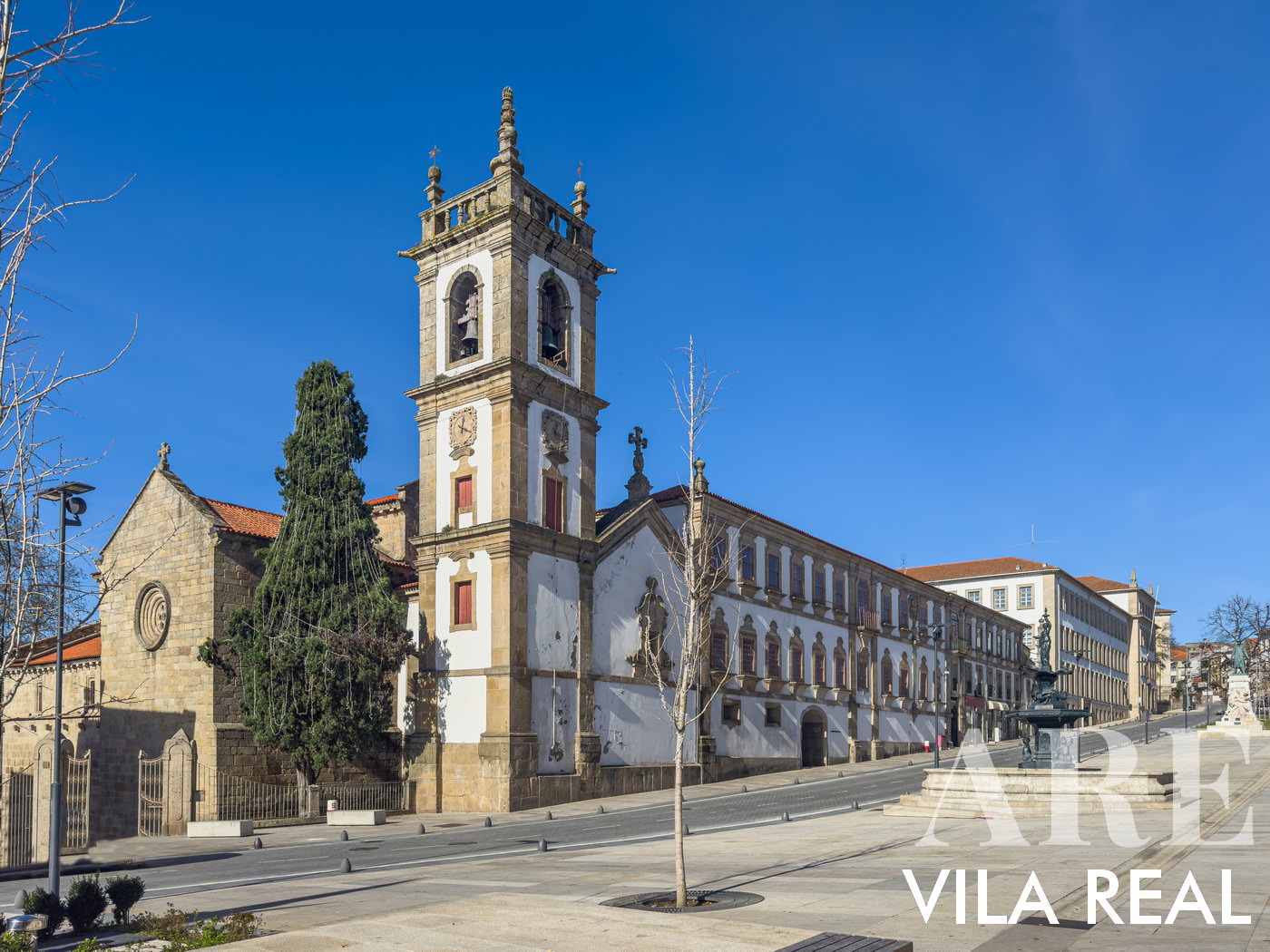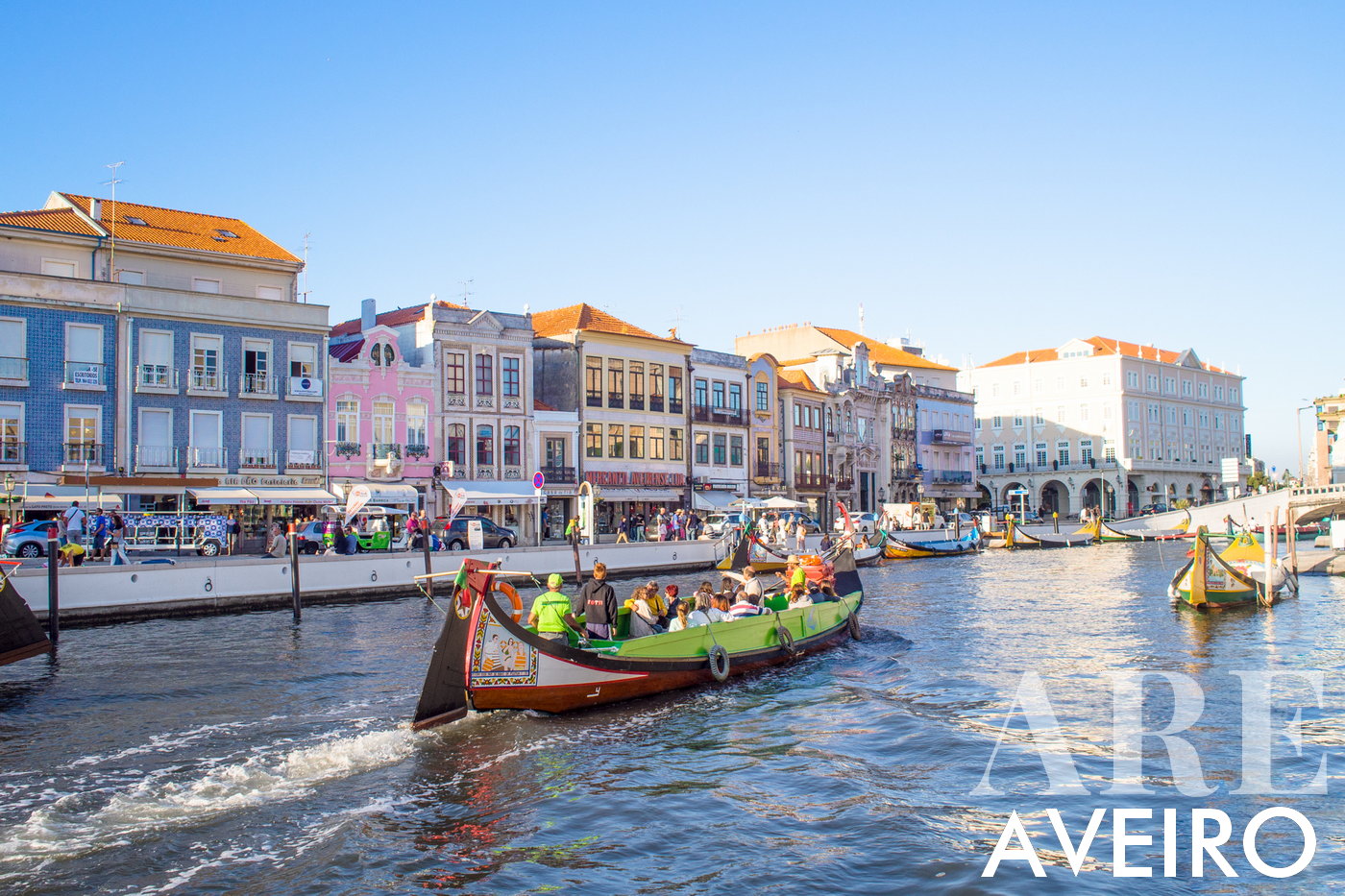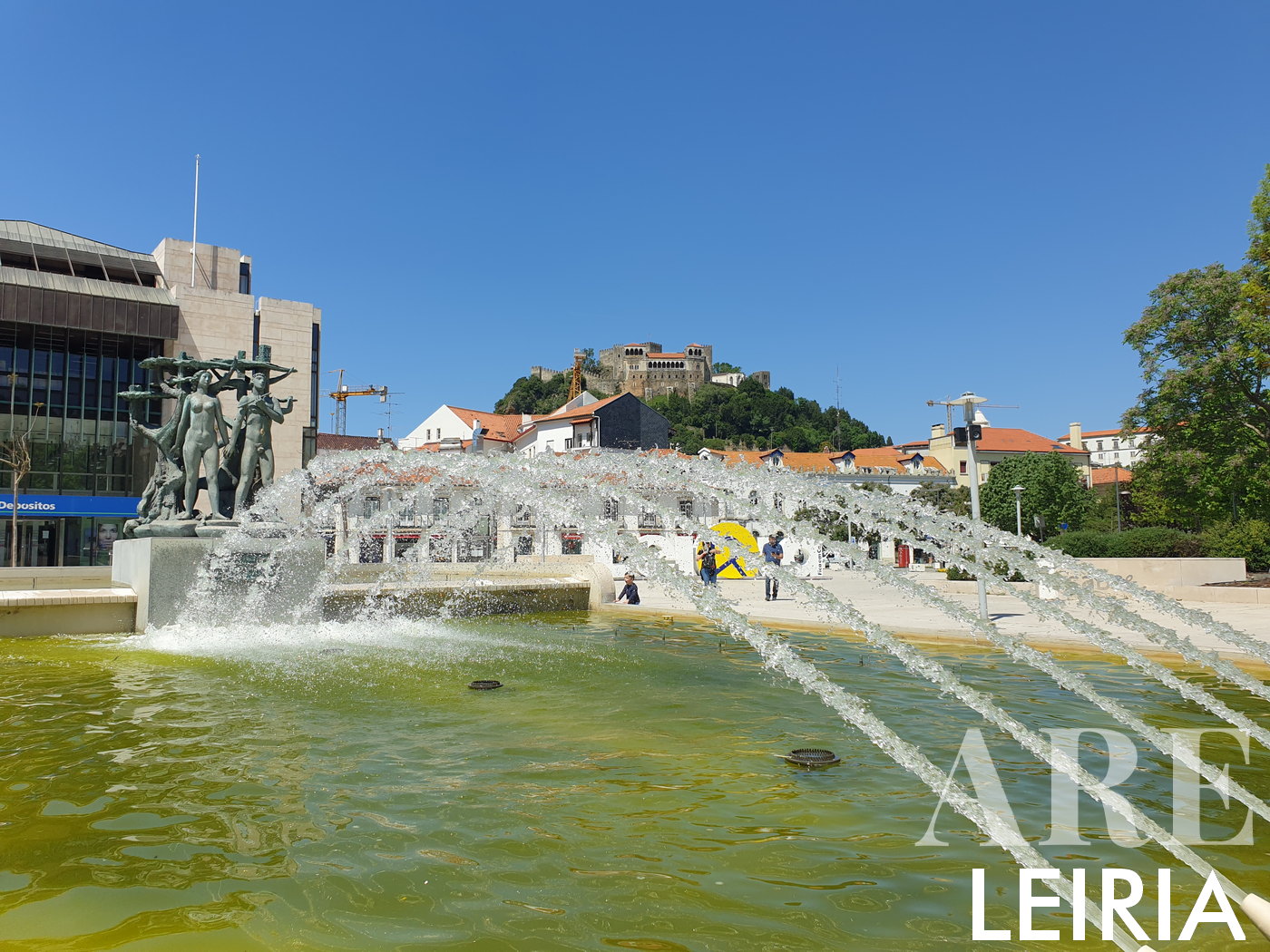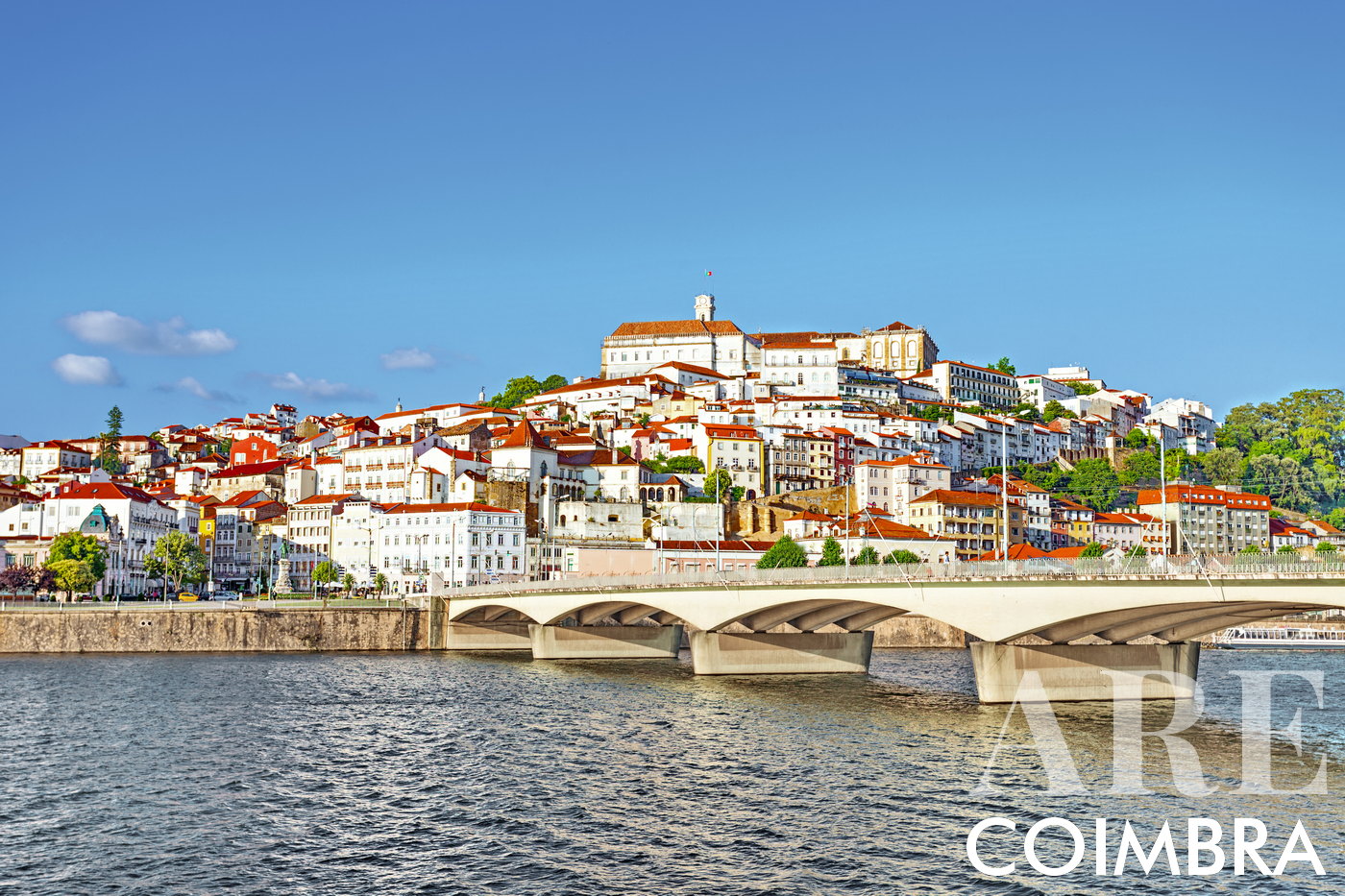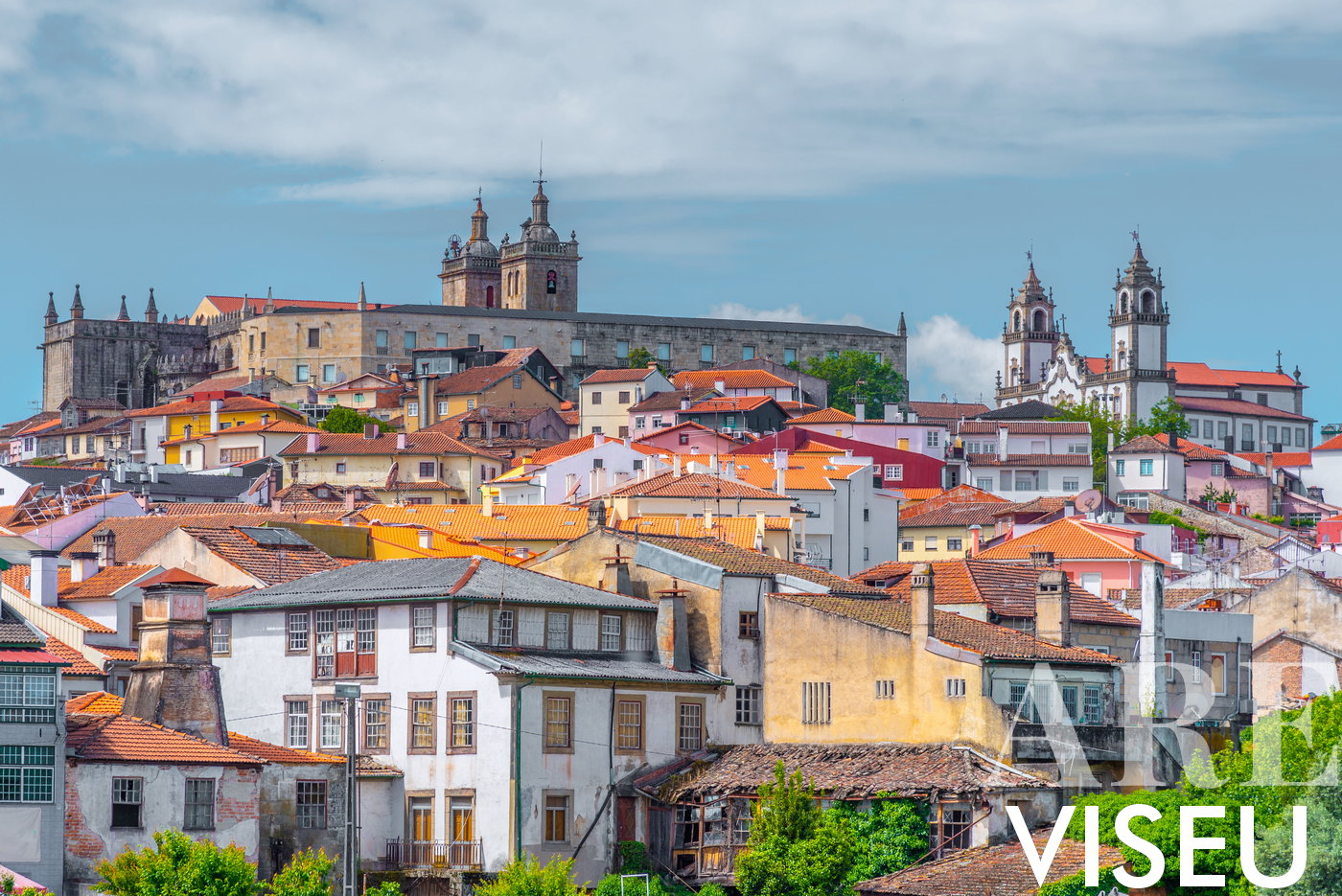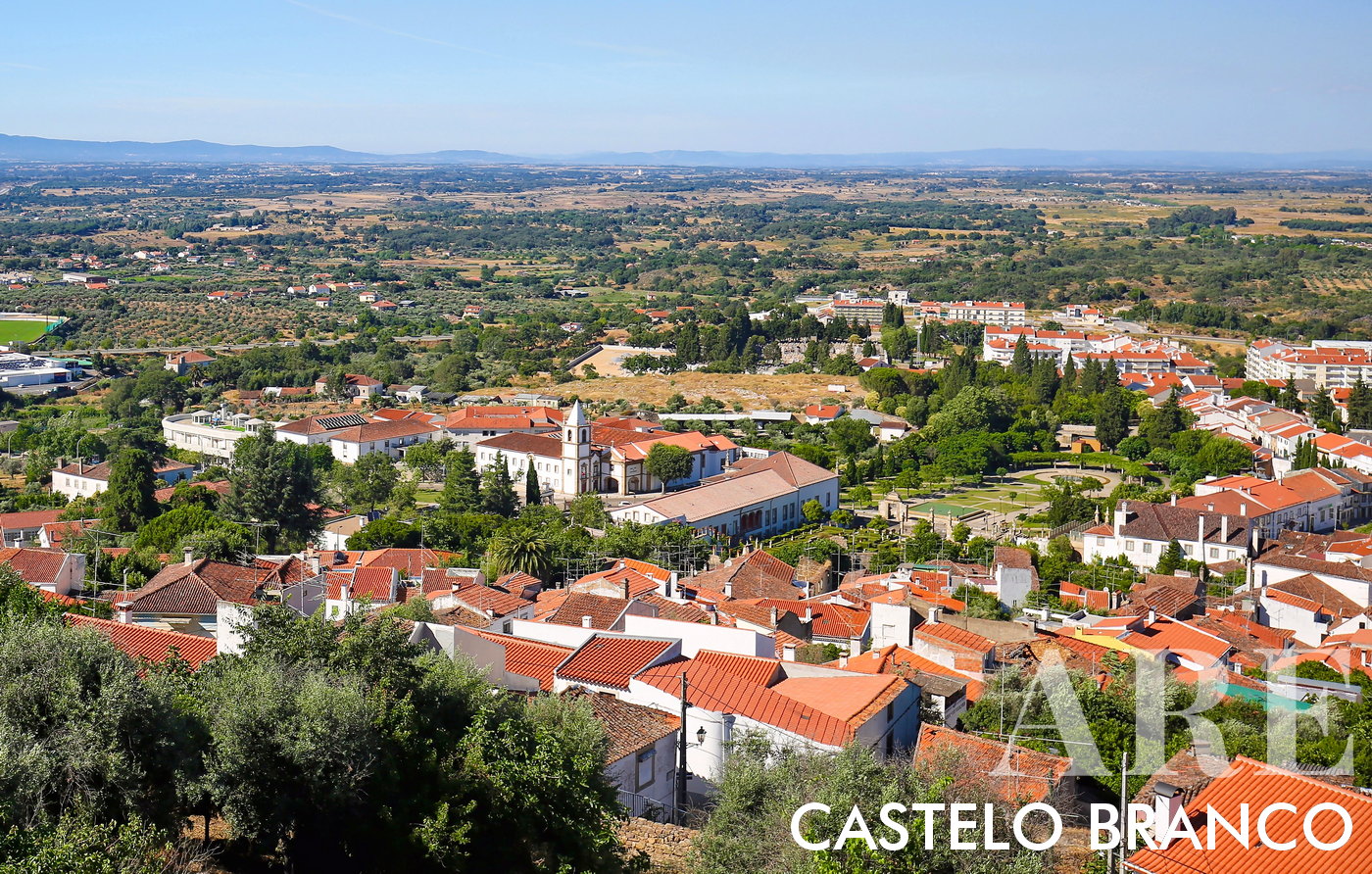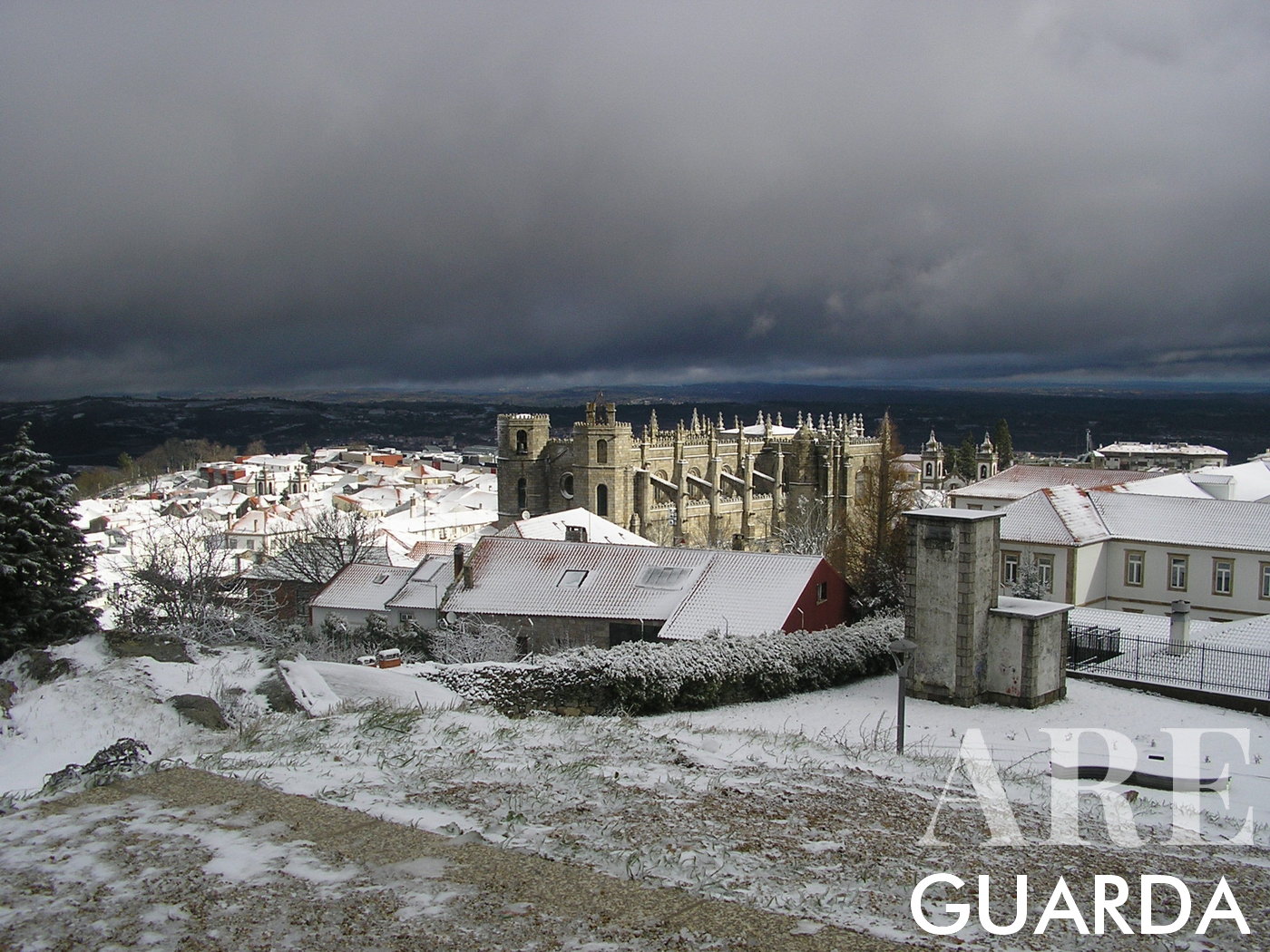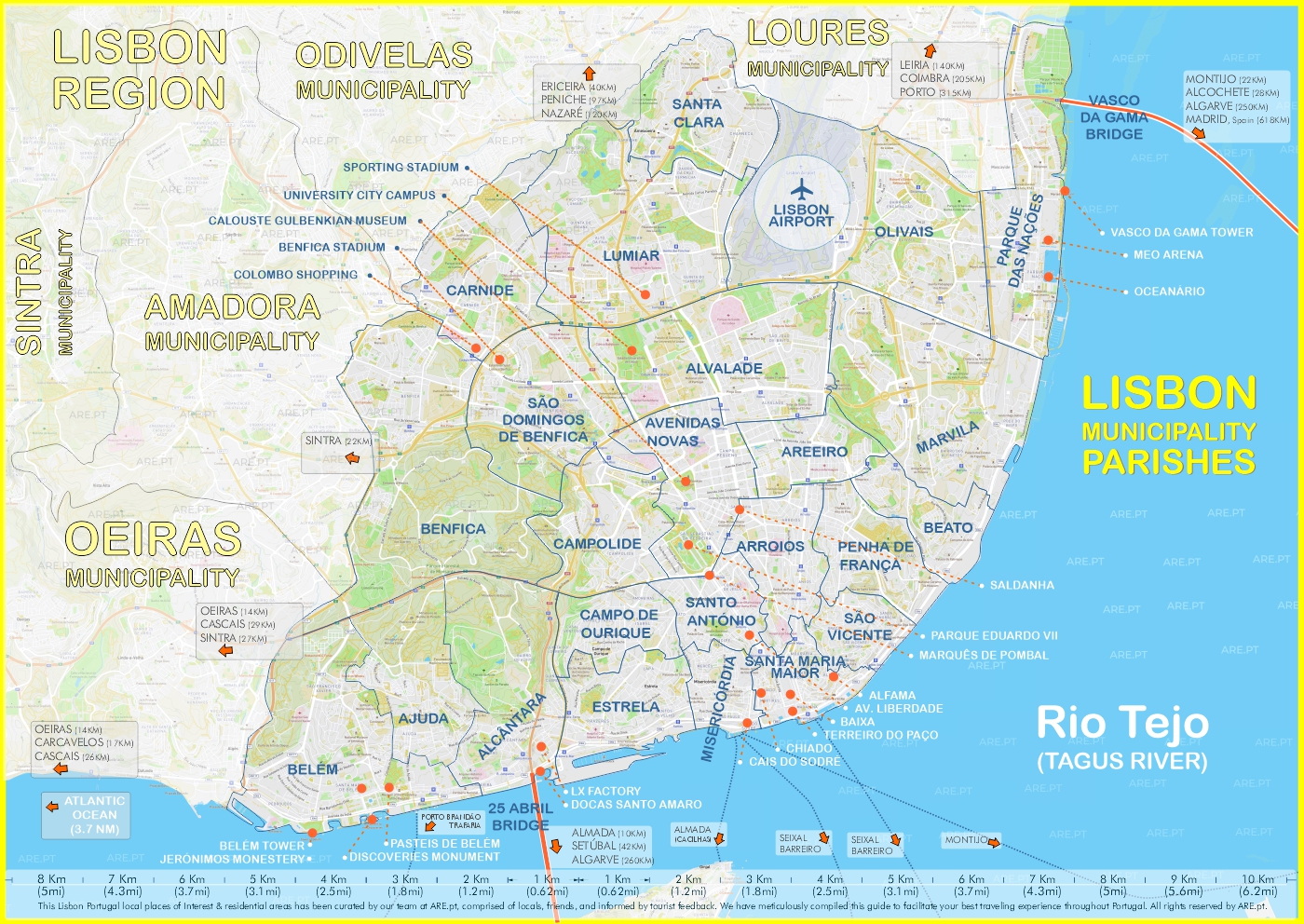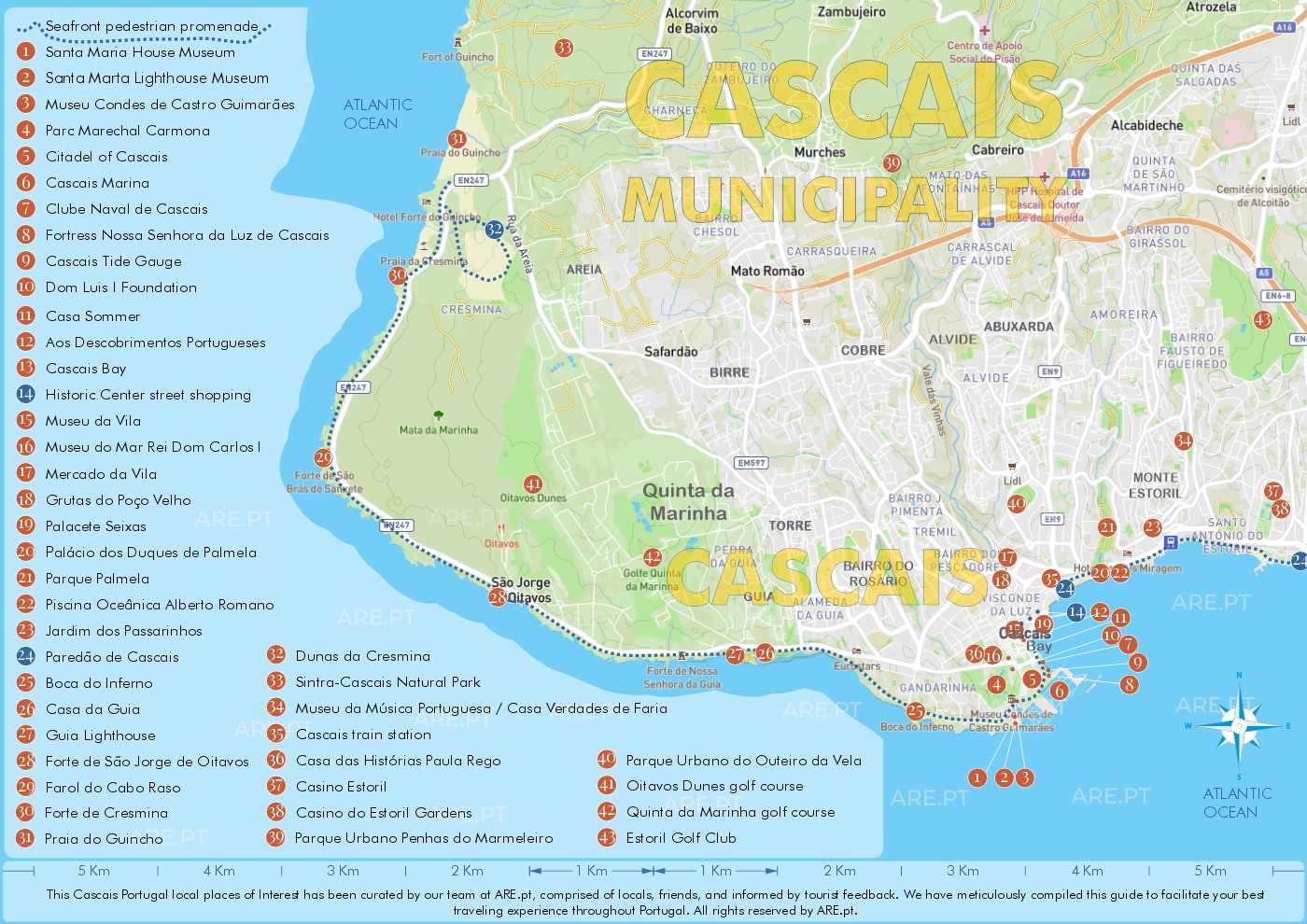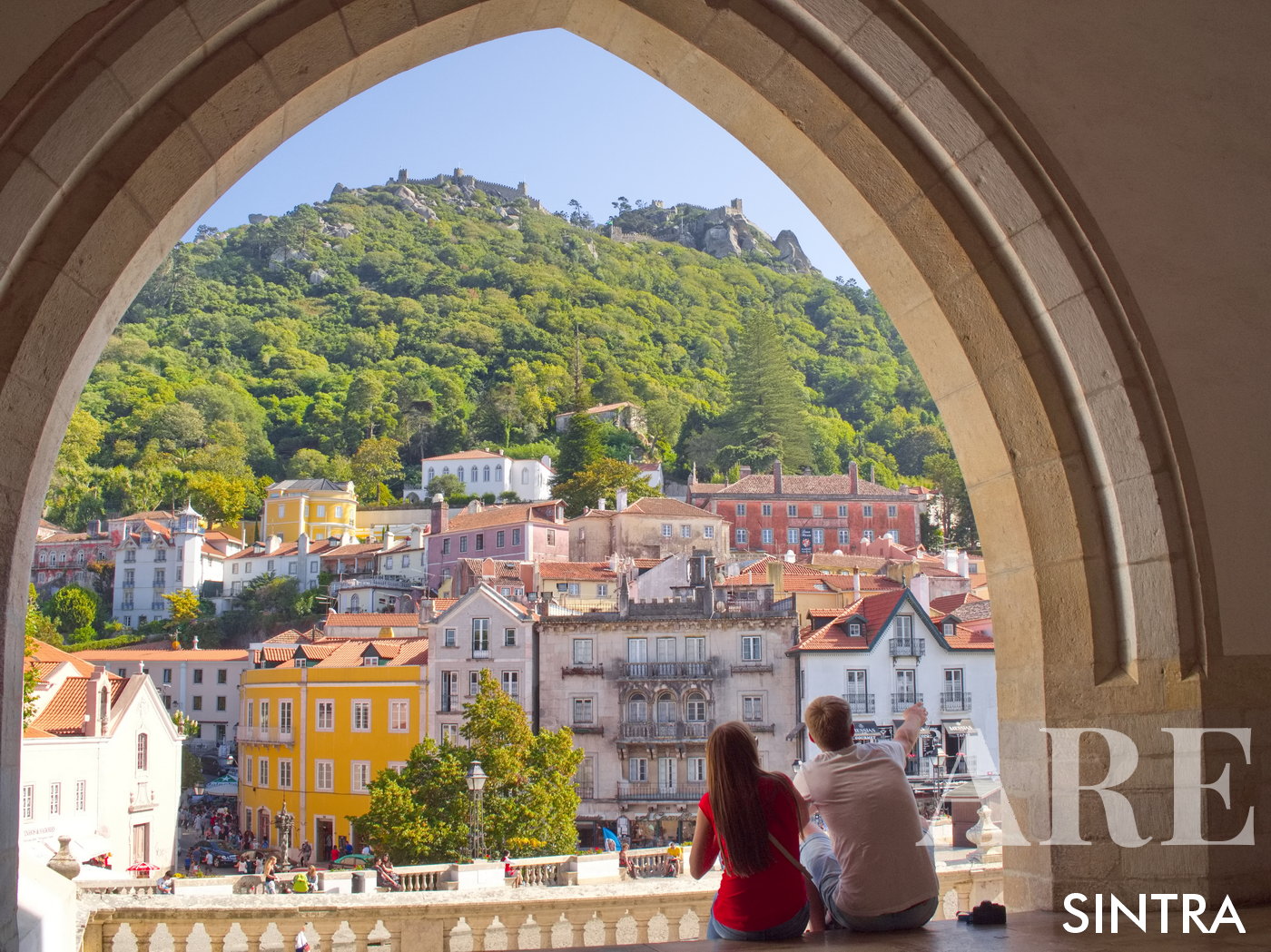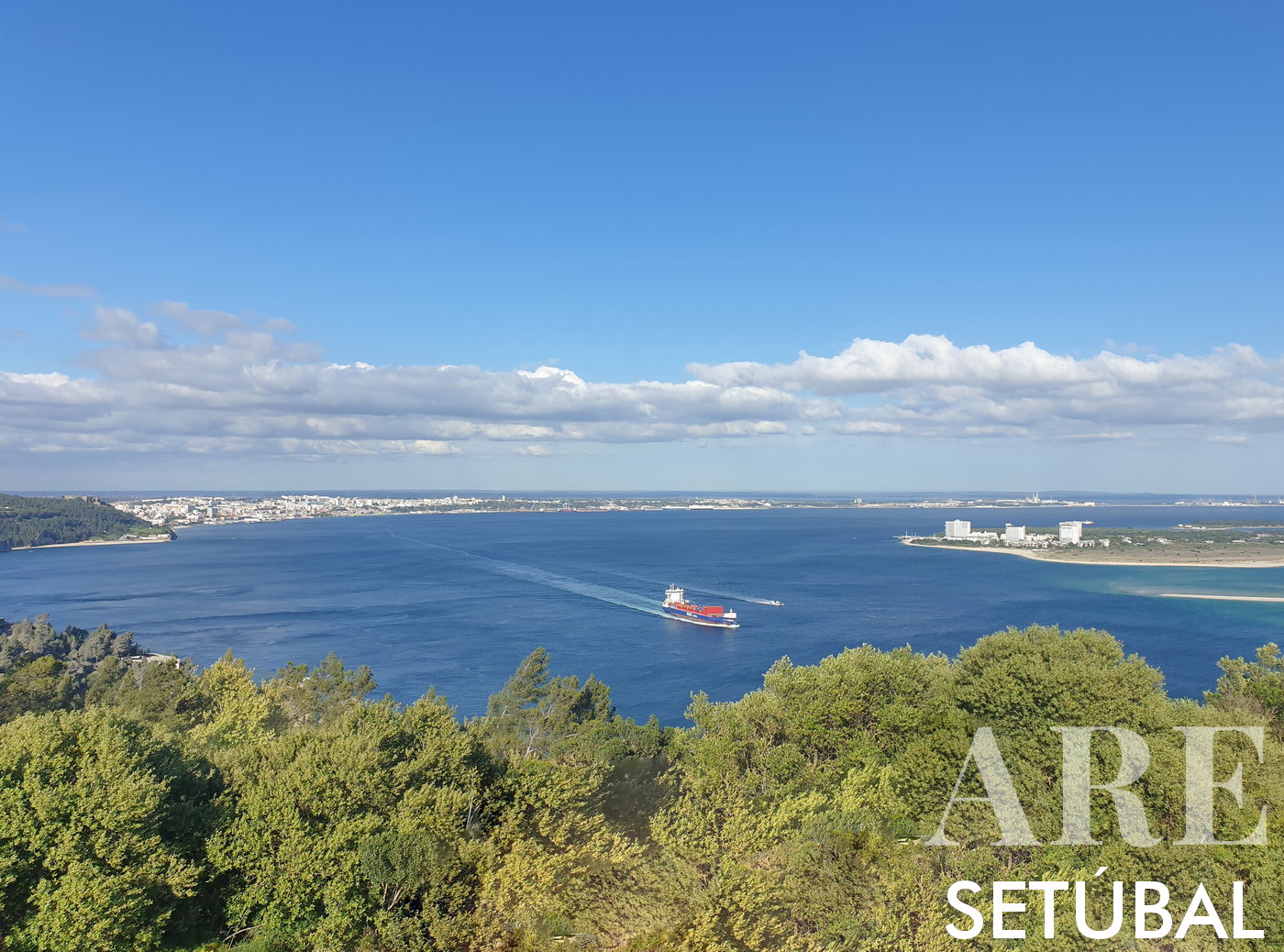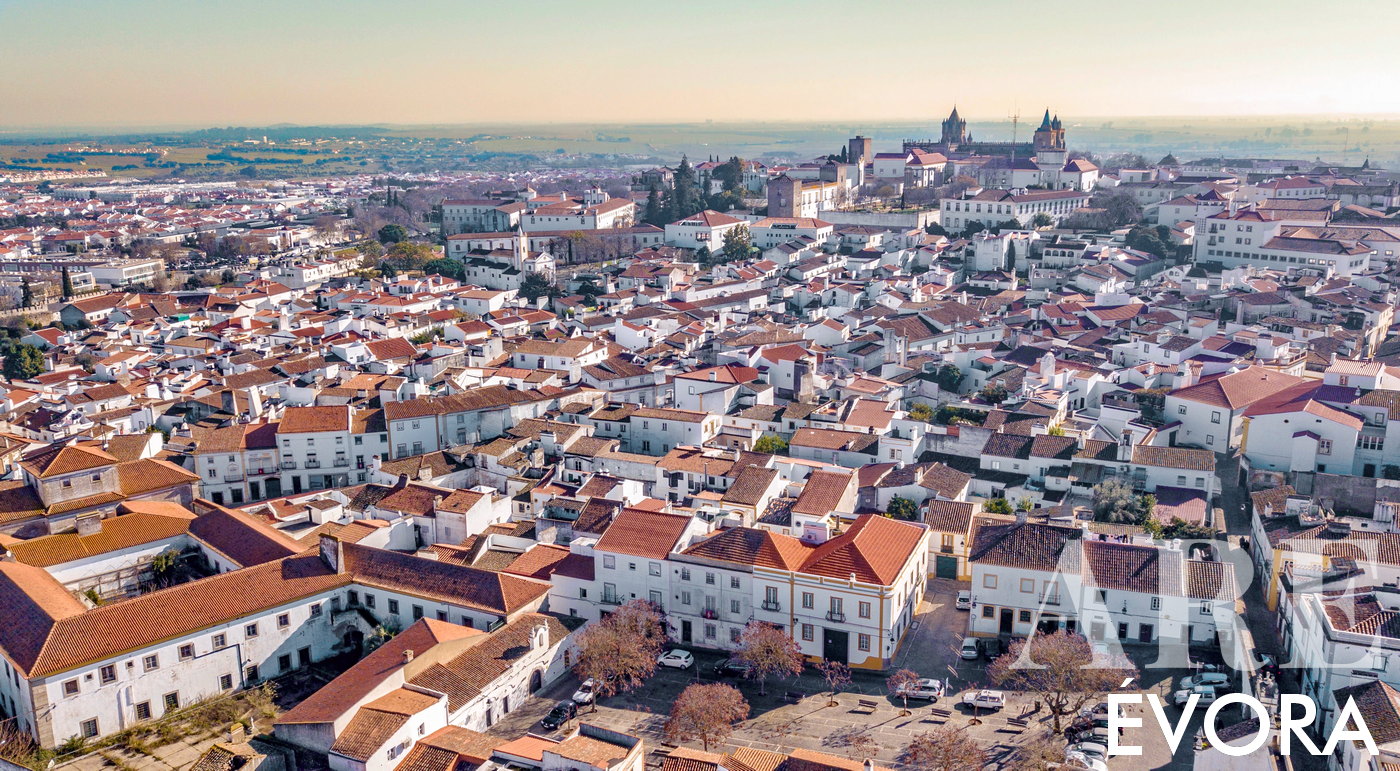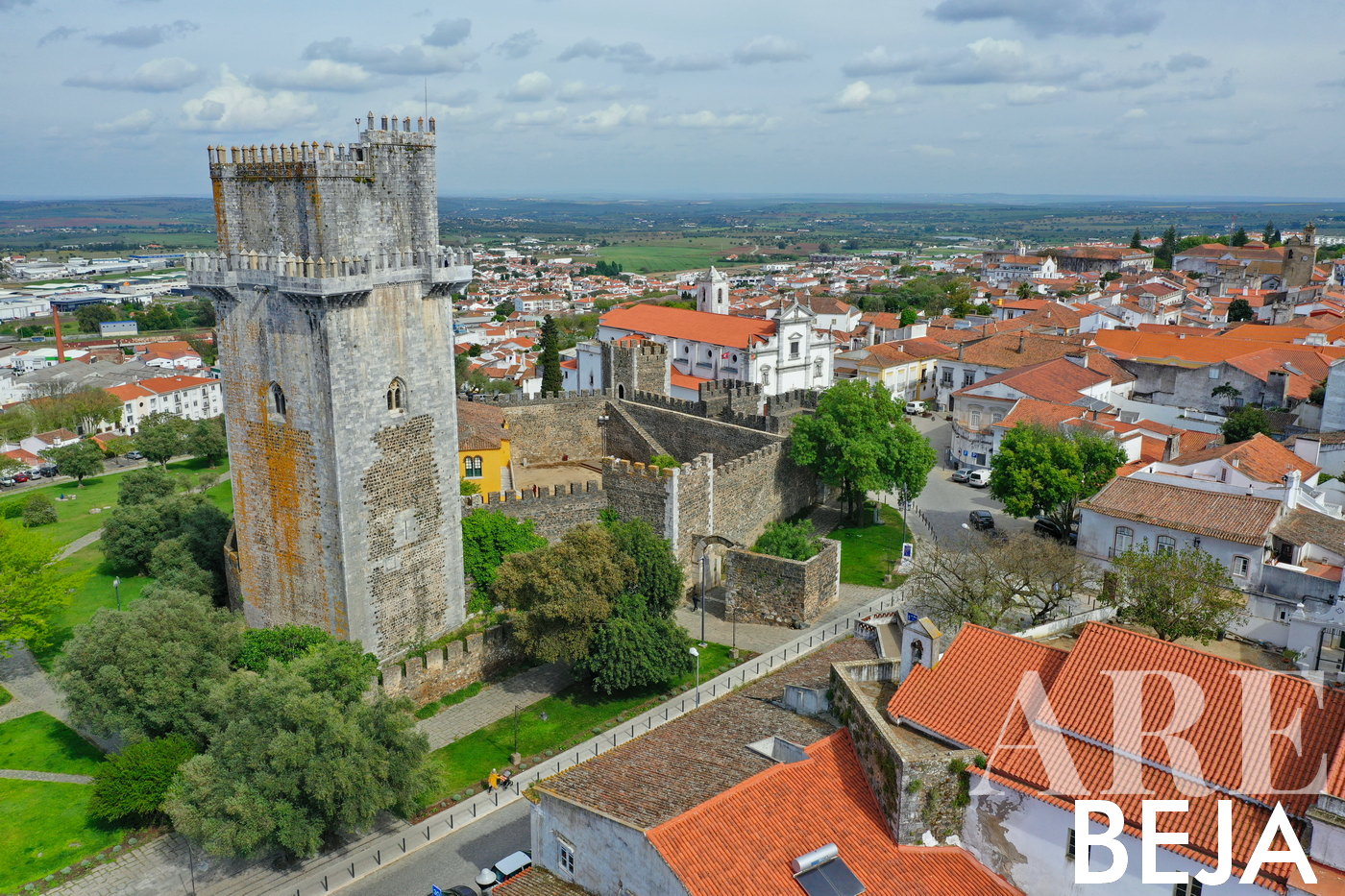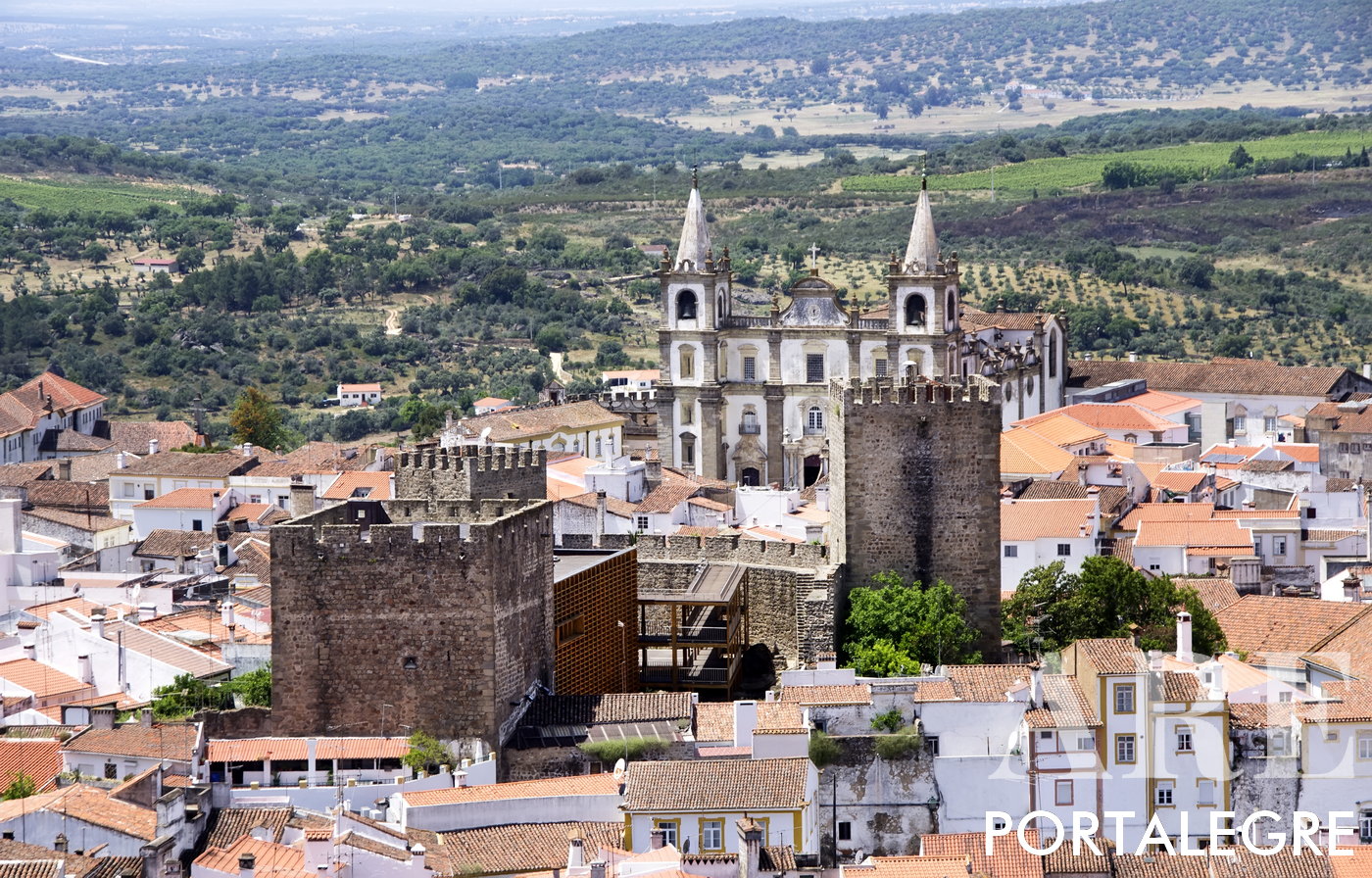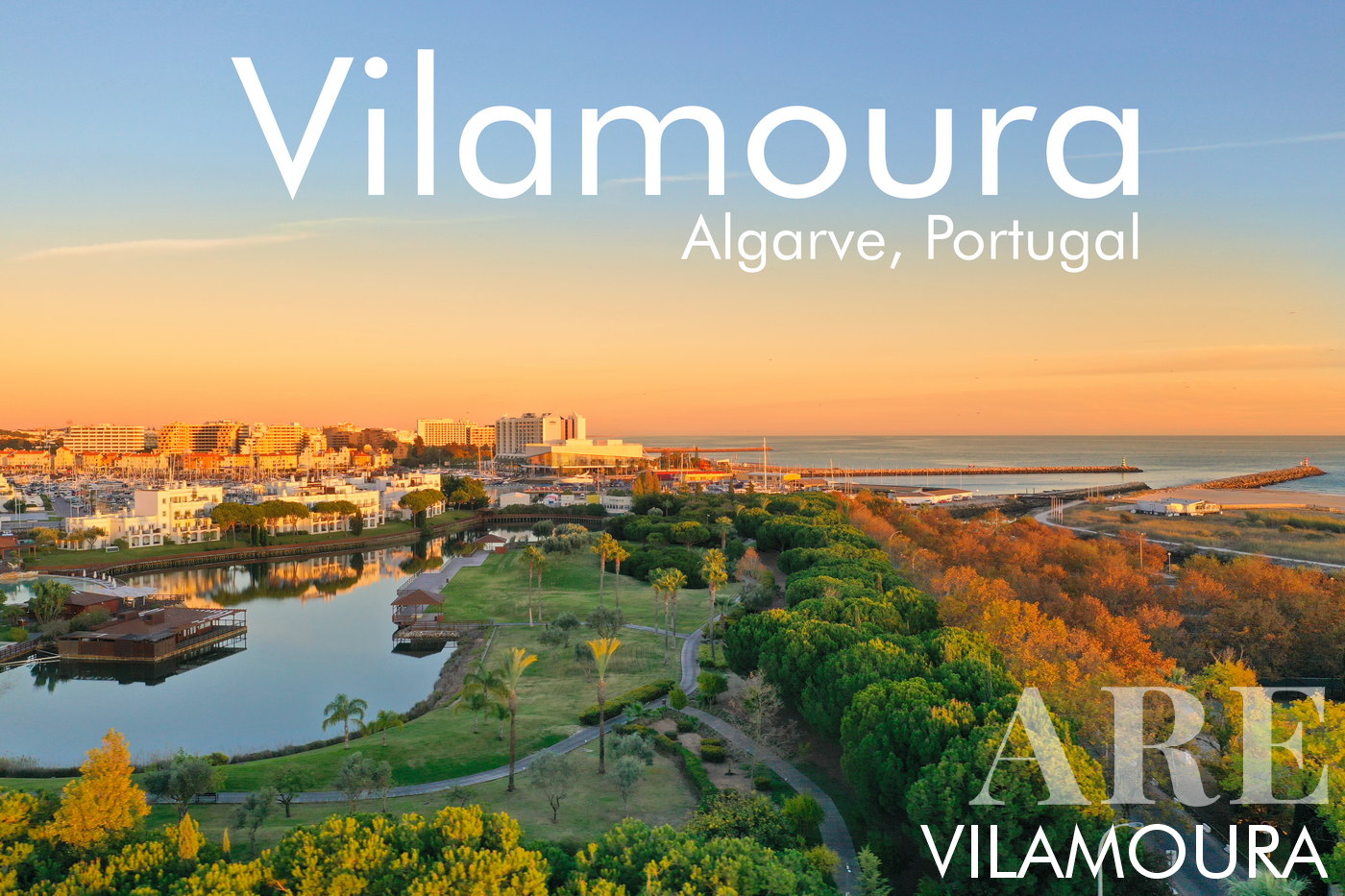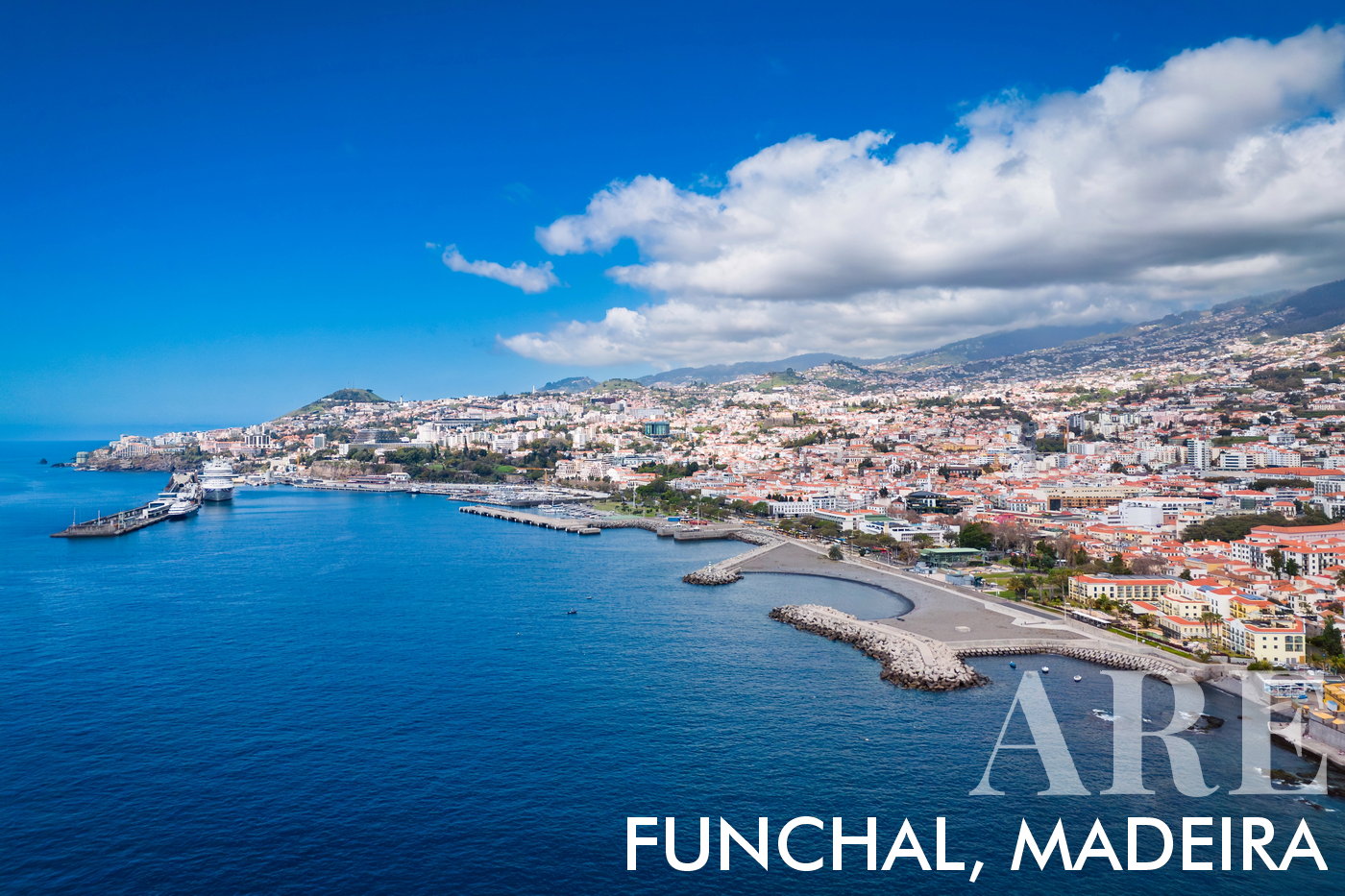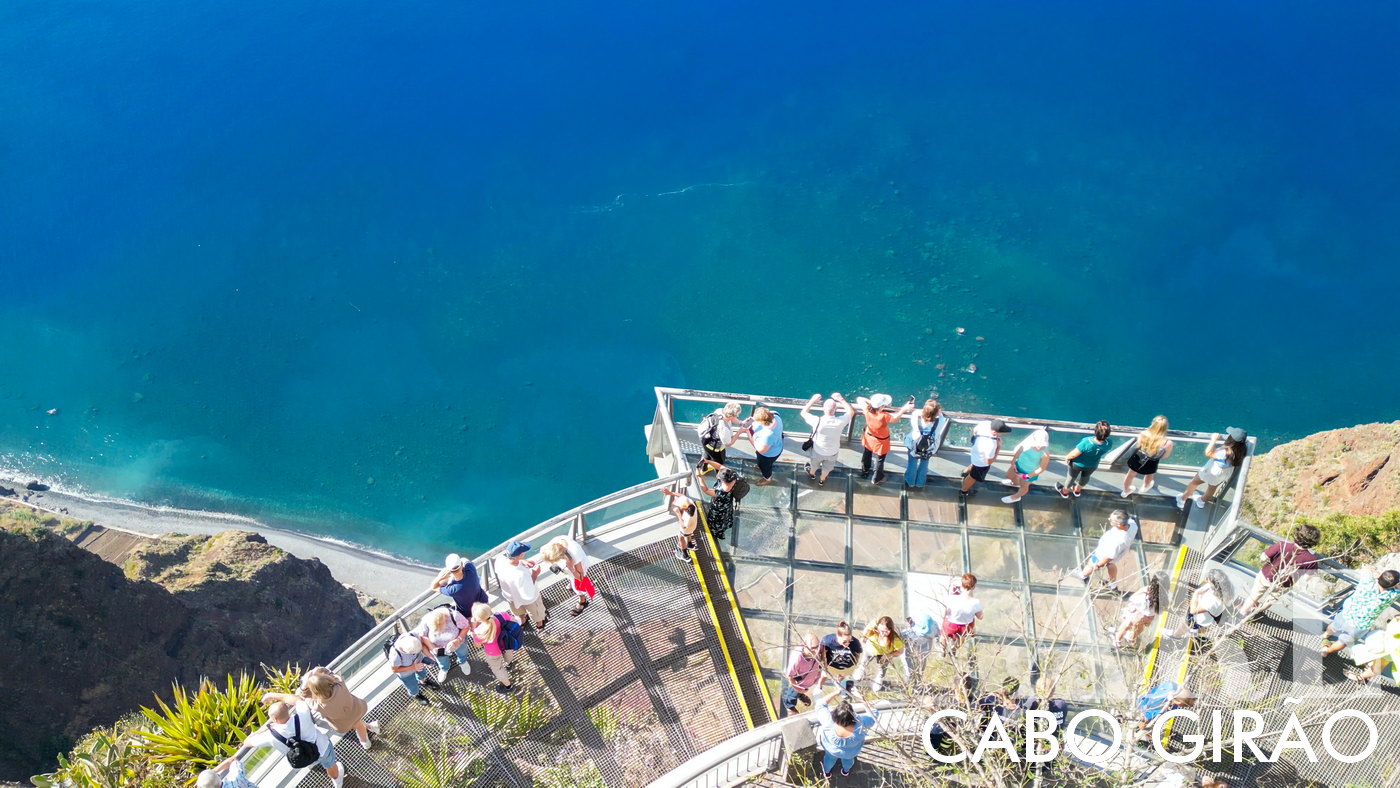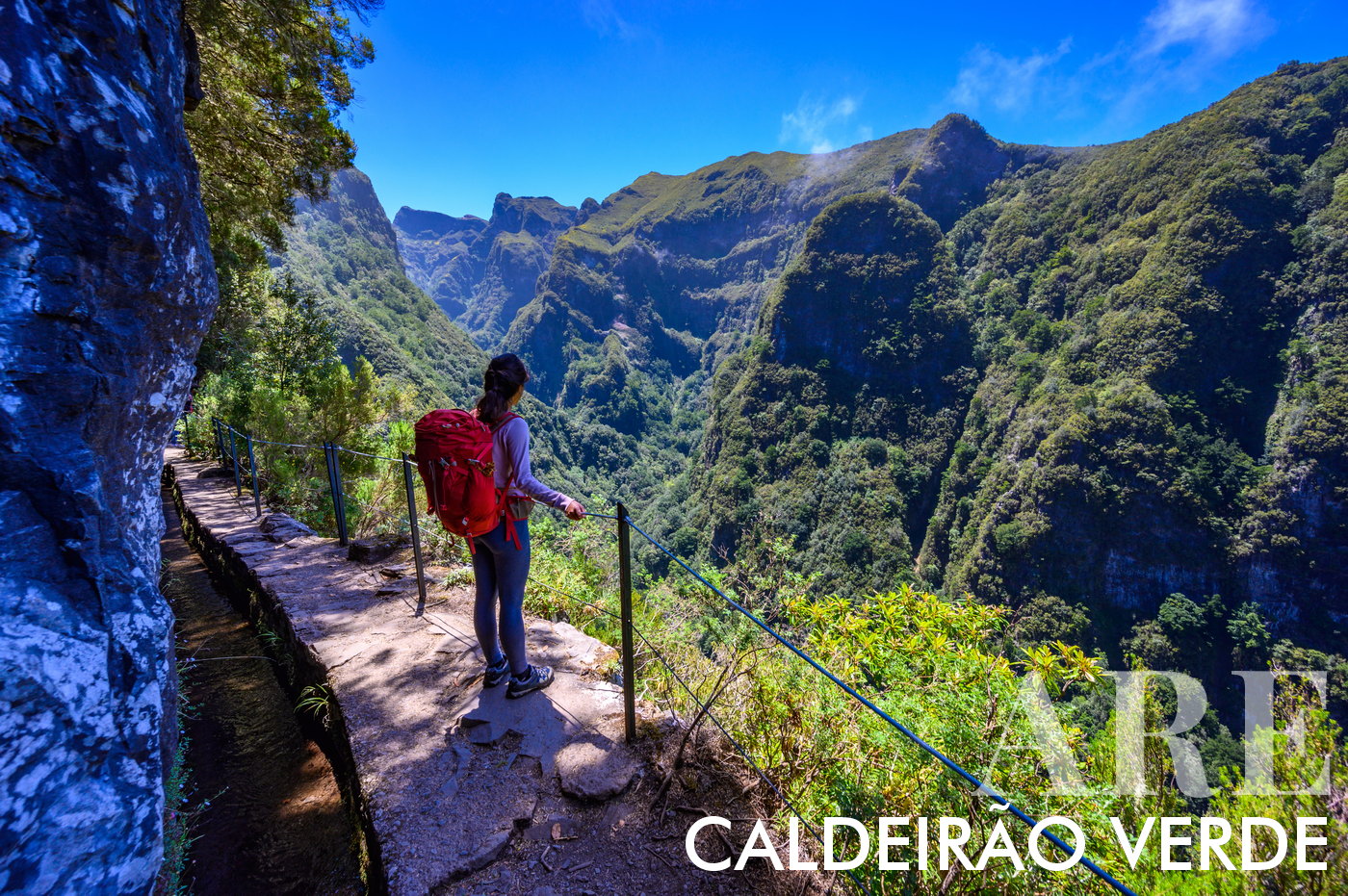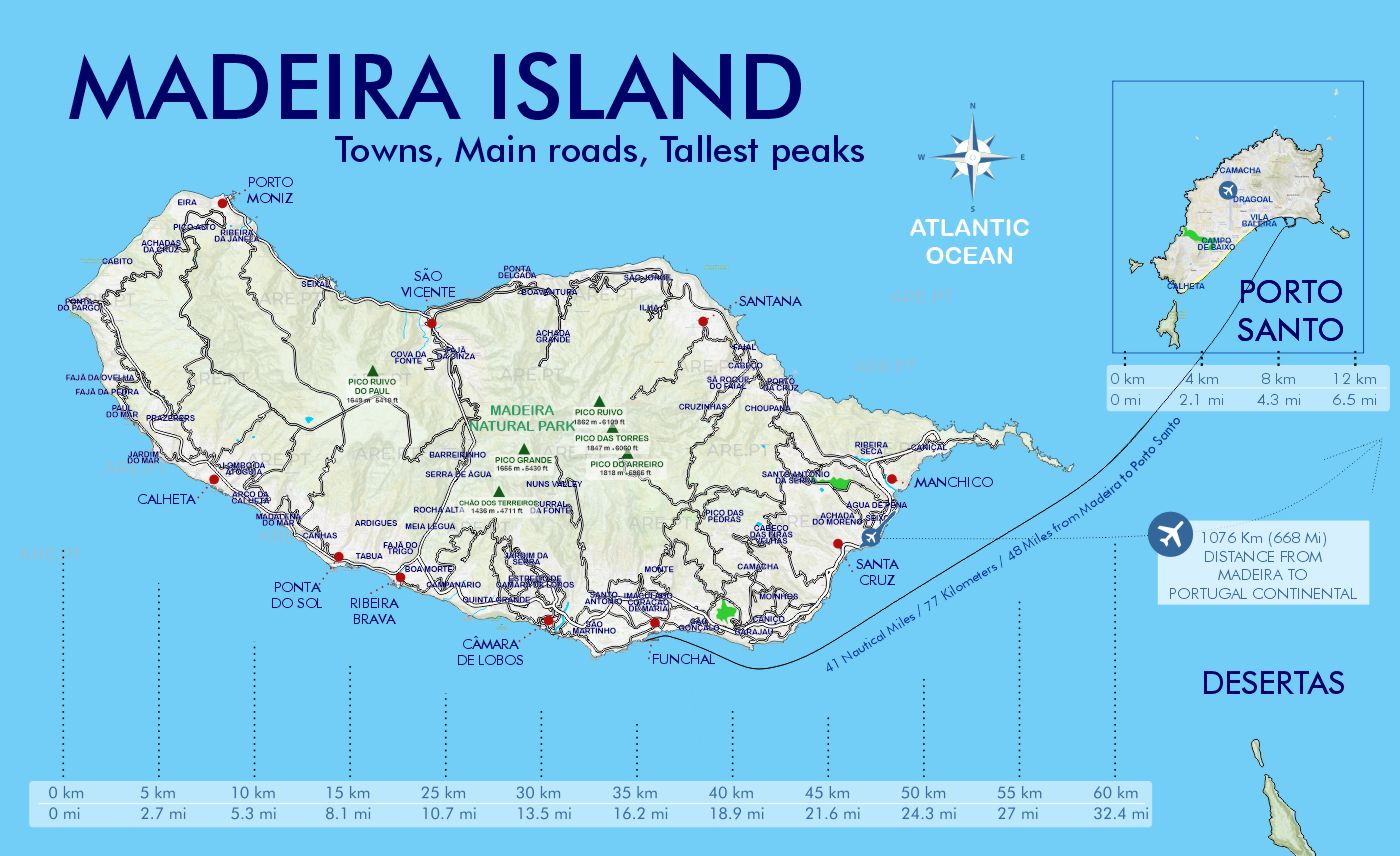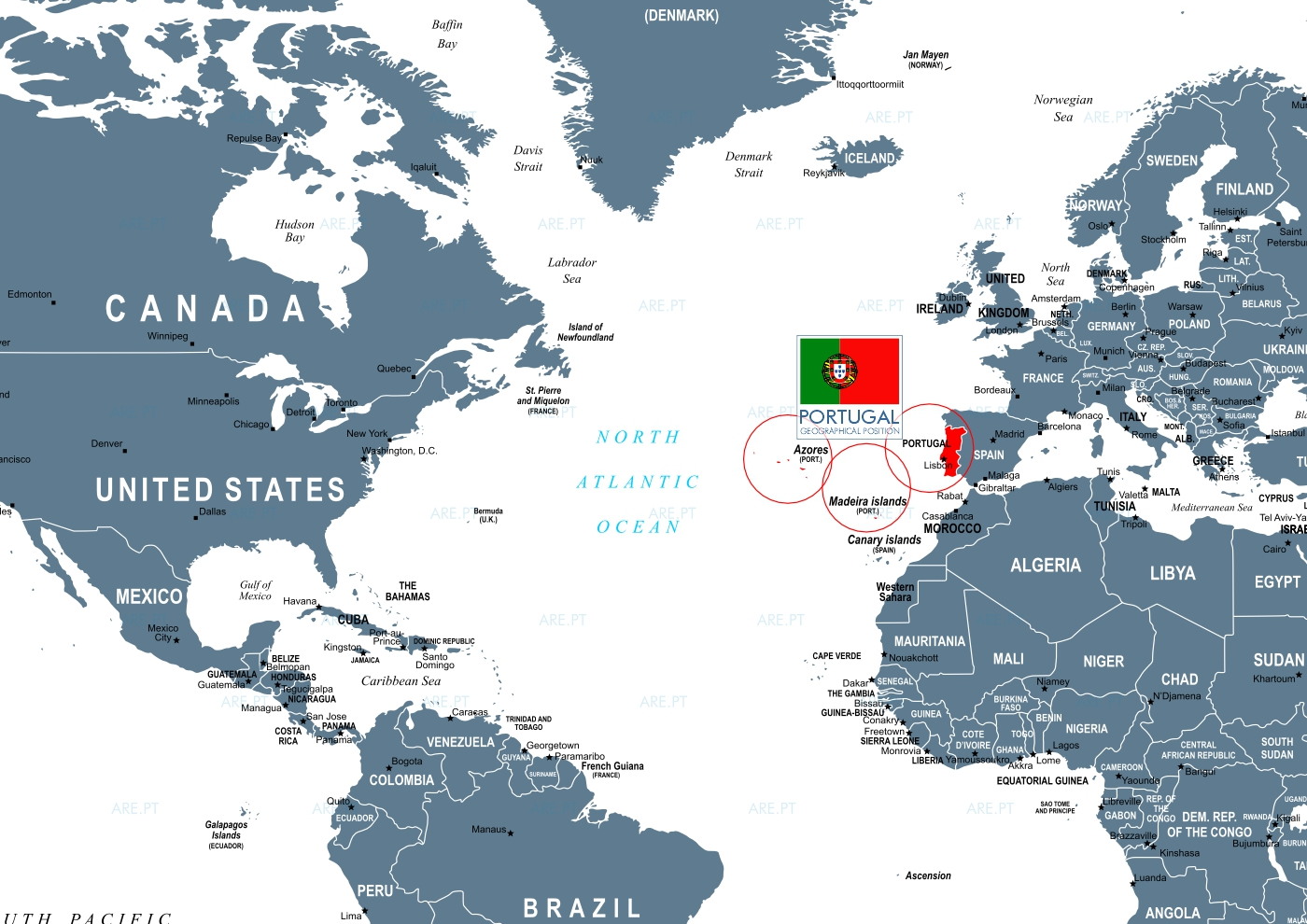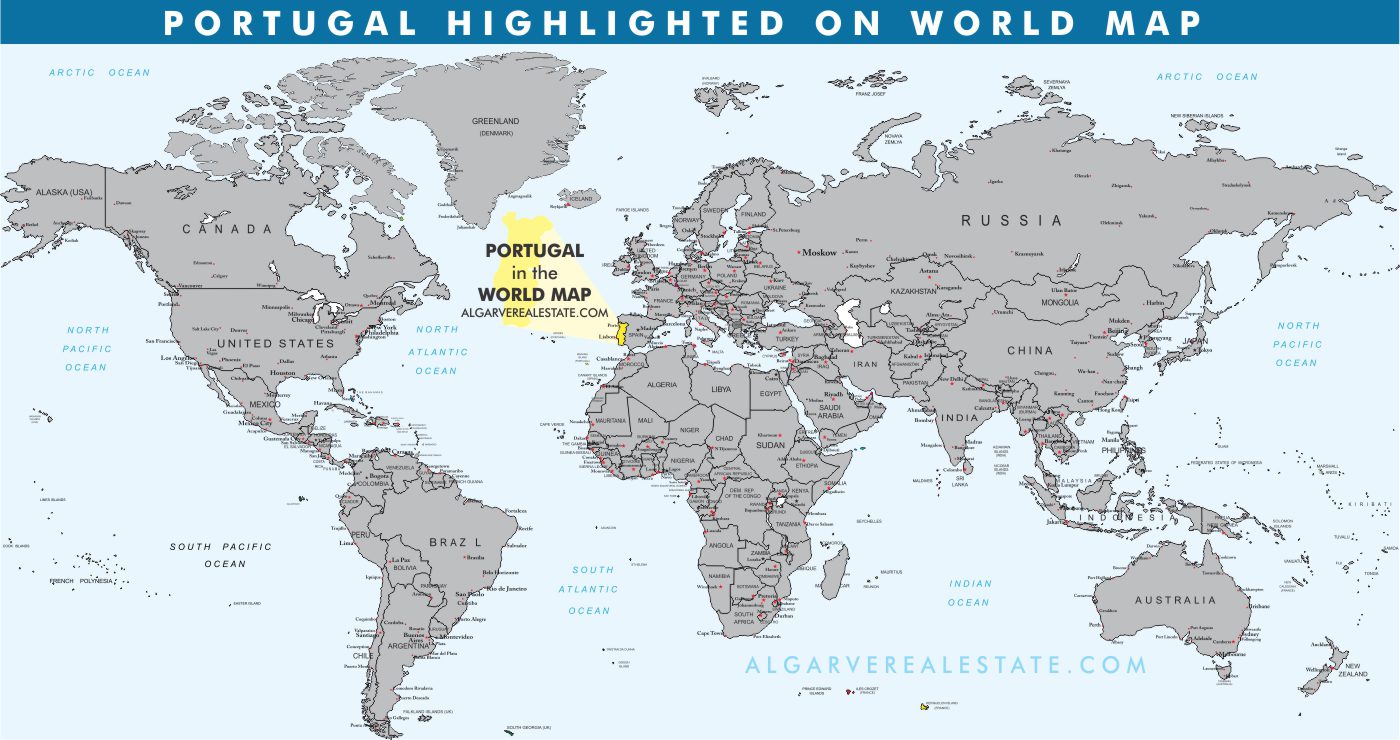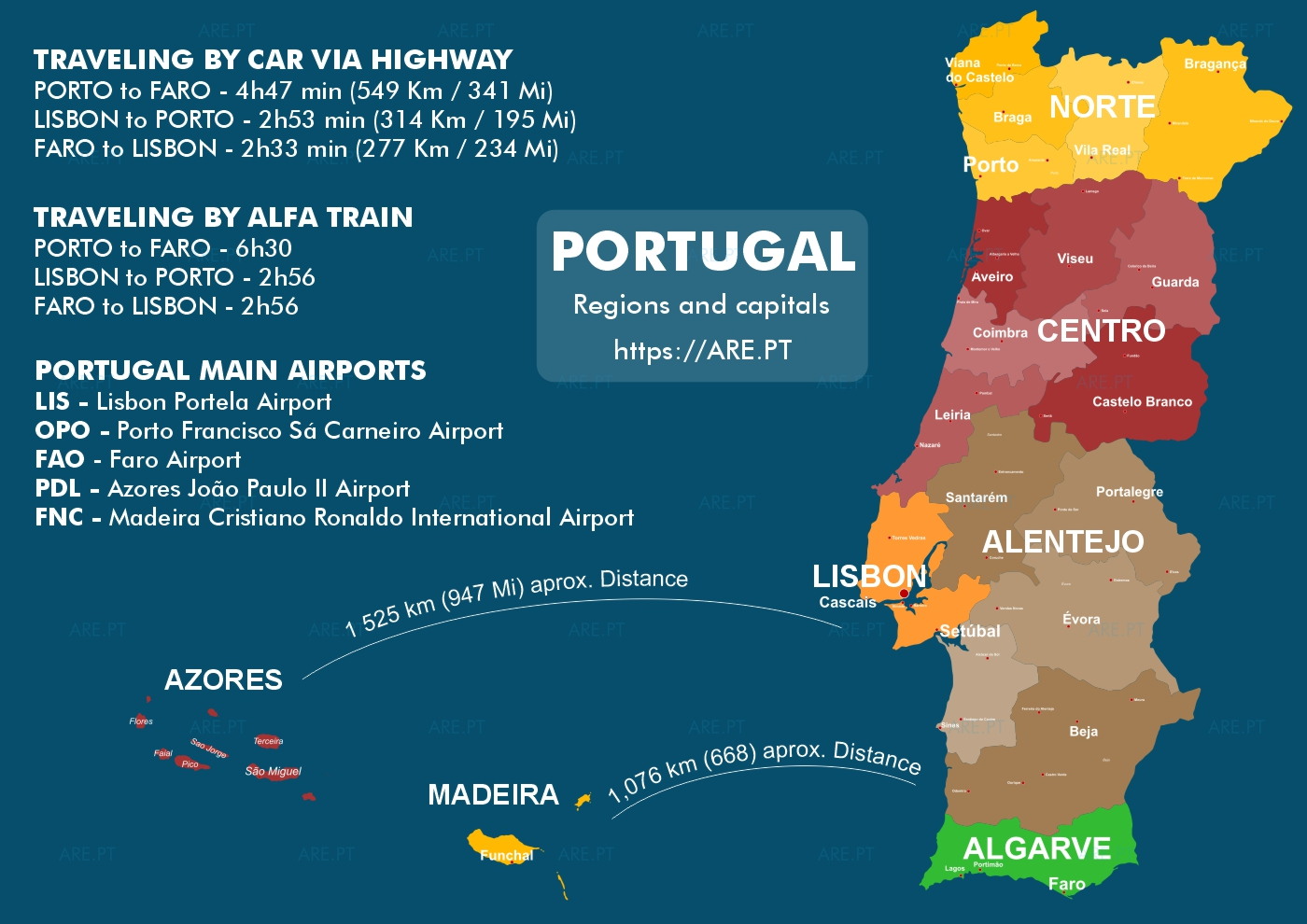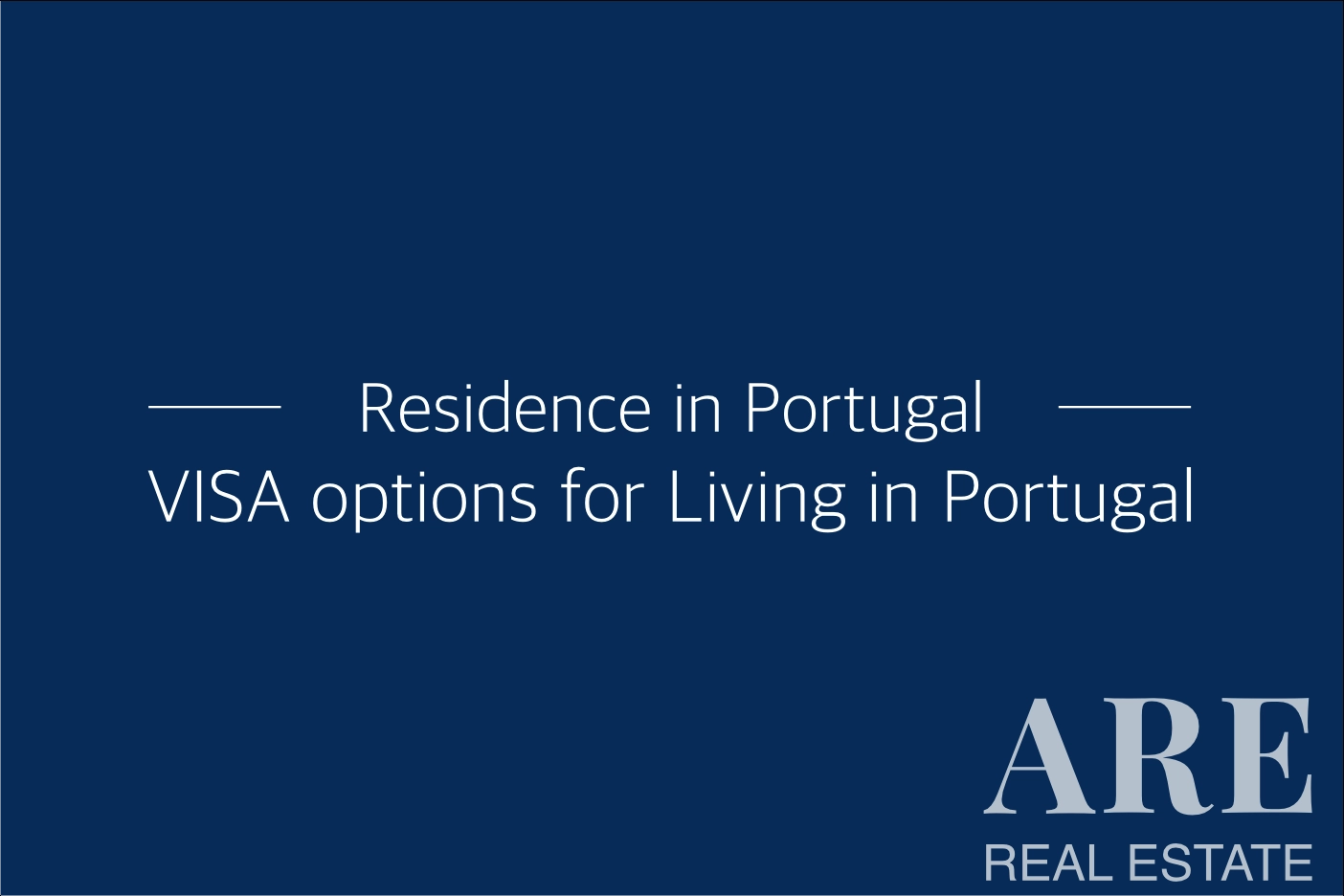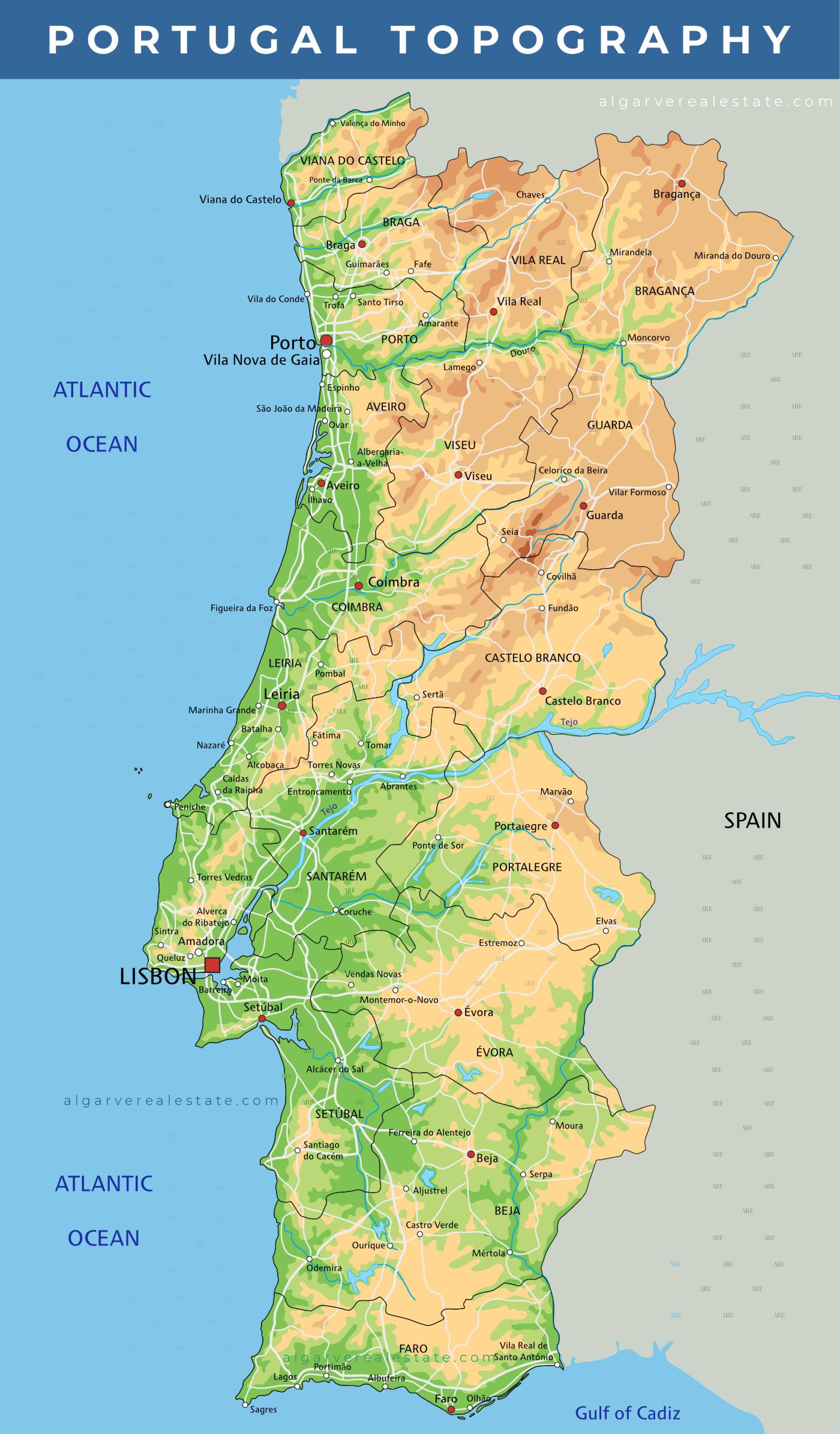Portugal’s 7 regions main features
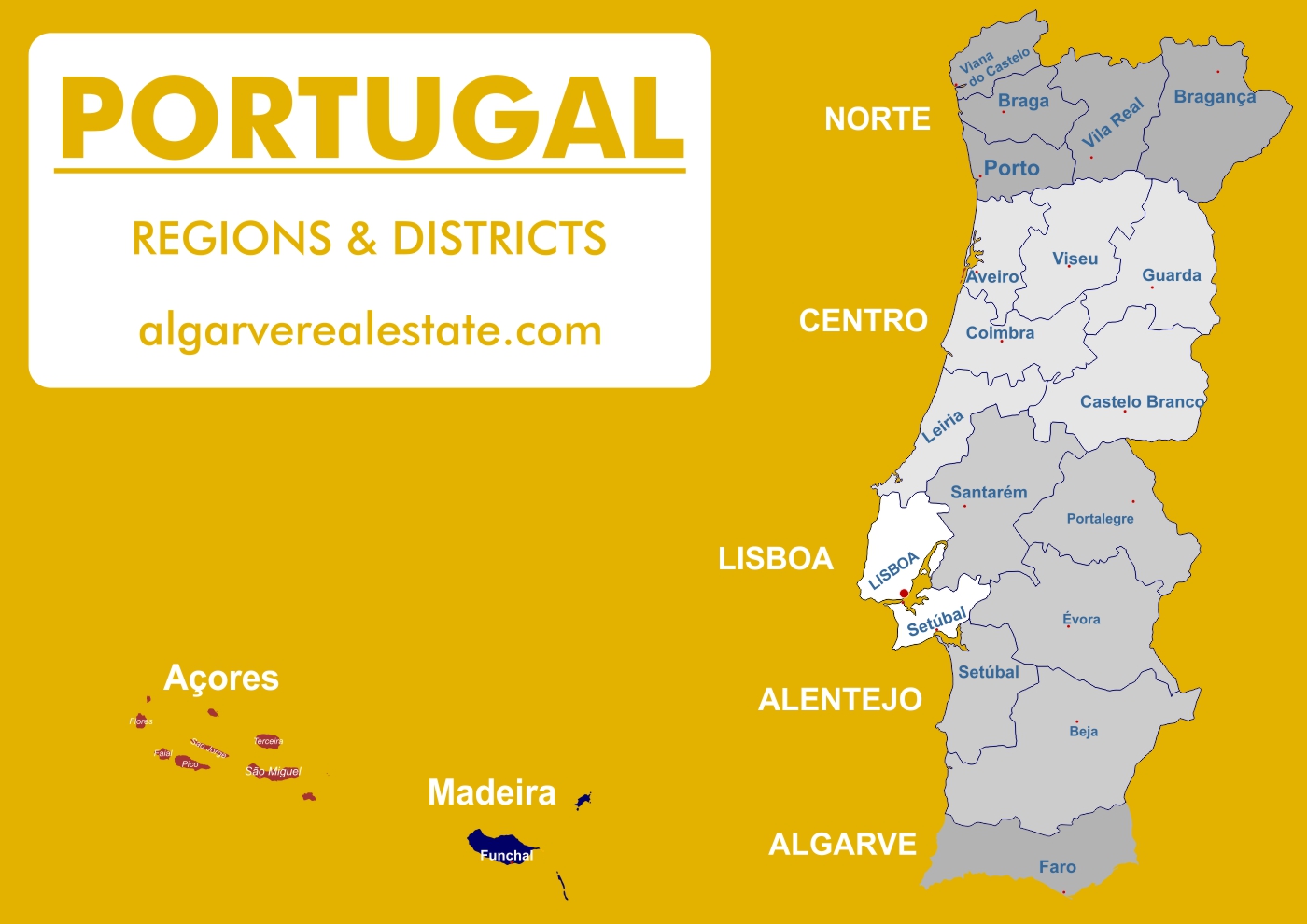
Map of the regions and districts of Portugal
Portugal is composed of seven distinct regions, each showcasing its own unique characteristics and attractions.
Portugal mainland regions, districts & main cities
Table with the regions of Portugal, their respective districts, and the largest, second-largest, third-largest, and fourth-largest cities in each district:
North Region
The North Region of Portugal, known as Norte, features Porto, known for Port wine, the mountainous Peneda-Gerês National Park, the terraced vineyards of the UNESCO-listed Douro Valley, and a robust industrial sector including textiles, footwear, and manufacturing. Norte districts are Viana do Castelo, Braga, Vila Real, Bragança, and Porto.
| District | Largest City | Second-largest City | Third-largest City | Fourth-largest City |
|---|---|---|---|---|
| Viana do Castelo | Viana do Castelo | Ponte de Lima | Valença | Monção |
| Braga | Braga | Guimarães | Barcelos | Vila Nova de Famalicão |
| Porto | Porto | Vila Nova de Gaia | Matosinhos | Maia |
| Vila Real | Vila Real | Chaves | Peso da Régua | Ribeira de Pena |
| Bragança | Bragança | Mirandela | Macedo de Cavaleiros | Vimioso |
| Aveiro | Aveiro | Ovar | Espinho | São João da Madeira |
Porto
Porto is the most important city in northern Portugal, located on the right bank of the Douro River. A UNESCO-listed historic city Porto, capital of northern Portugal Porto is the most important city in the north of Portugal, located in the northwest of the Iberian...
Braga
Braga is one of the oldest cities in Europe founded in 16 BC as "Bracara Augusta" in honor of the Roman emperor Augustus. Located in the center of Minho, Braga is one of the main religious centers in Portugal, with 49 churches and chapels, it is known as the city of...
Viana do Castelo
Viana do Castelo known as “Princesa do Lima”, is the capital of the district and the most northern Atlantic city in Portugal, located about 25 minutes from Porto International Airport. It is a city in the Alto Minho, renowned for its multiple historical, cultural,...
Vila Real
Vila Real is a city in Trás-os-Montes, capital of the Vila Real district, located in the Northern Region of Portugal, located on a plateau 450 meters above sea level on the right bank of the Corgo River. Vila Real is a historic city, founded in 1289 by King D. Dinis,...
Bragança
Bragança is a Portuguese city located further north of Portugal, capital of the District of Bragança, in the region of Trás-os-Montes. Those who leave here, sooner or later, will want to return, a proverb attributed to the people of Bragança, which shows the strong...
Centro Region
The Centro region is known for the city of Coimbra, with its historic university designated as a UNESCO World Heritage Site. The Serra da Estrela, the highest mountain range in mainland Portugal. Aveiro, referred to as the ‘Venice of Portugal’, Nazaré, renowned for its giant waves. Center inland, the site of Fátima is one of Portugal’s main attraction. Centro districts are Aveiro, Viseu, Guarda, Coimbra, Castelo Branco, and Leiria
| District | Largest City | Second-largest City | Third-largest City | Fourth-largest City |
|---|---|---|---|---|
| Coimbra | Coimbra | Figueira da Foz | Pombal | Lousã |
| Viseu | Viseu | Lamego | Tondela | Mangualde |
| Guarda | Guarda | Seia | Gouveia | Pinhel |
Aveiro
The city of Aveiro is known as “The Venice of Portugal” due to the large number of canals, bridges, moliceiros, boats typical of the region and its Ria. It is a Portuguese city located on the west coast of Portugal, its boundary to the north is the district of Porto,...
Leiria
Leiria is a city known for its rivers, the beach, the pine forest of Leiria, the lagoons, the salt pans, the rock shelters, the religious architecture, the medieval buildings, the museums, the spas, the popular traditions, the crafts and the excellent gastronomy....
Coimbra
Coimbra is the Portuguese city with the longest university tradition. Located in the province of Beira Litoral, Coimbra is the largest city in the Central Portugal region. Coimbra is a city associated with youth, knowledge, movement and relaxation due to the strong...
Viseu
Viseu is one of the main cities in the Center of Portugal region, with approximately 60,000 inhabitants, is classified as one of the European cities with the best quality of life, designated as Gastronomy Destination, distinguished for having the cleaner sidewalks,...
Castelo Branco
Castelo Branco is a city in the center of Portugal, located in a flat area at the top and hillside of Monte da Cardosa, close to the Ponsul and Ocreza rivers, tributaries of the Tagus River. In 2006, the city of Castelo Branco was considered the second district...
Guarda
Guarda is the highest city in Portugal, located at 1056 meters above sea level, between the Guarda-Sabugal Plateau and the Montejunto-Estrela mountain system, where we find the Serra da Estrela Natural Park, the largest protected area in Portugal, with the highest...
Lisbon Metropolitan Region
The Lisbon and Tagus Valley region, centered around Portugal’s capital, Lisbon, is known for its rich history, cultural significance, and economic importance. The region features the Tagus River estuary, which has historically been a hub for maritime activities and trade. Lisbon itself offers a mix of traditional architecture, contemporary culture, and vibrant nightlife. The region also encompasses towns like Sintra and Cascais. Lisbon districts are Lisbon and Setúbal.
| District | Largest City | Second-largest City | Third-largest City | Fourth-largest City |
|---|---|---|---|---|
| Lisboa | Lisbon | Sintra | Amadora | Cascais |
| Santarém | Santarém | Tomar | Entroncamento | Rio Maior |
| Setúbal | Setúbal | Almada | Barreiro | Montijo |
Lisbon
To enhance your understanding of Lisbon, we have divided the information into smaller, focused articles. Each article covers a specific parish and its neighborhoods in Lisbon, detailing aspects such as size, population, unique features, residential areas, tourist...
Cascais
Cascais, the Portuguese Riviera Cascais, often referred to as the Portuguese Riviera, is a renowned coastal village located along the Atlantic Ocean, 30 minutes from the portuguese capital city of Lisbon, harboring approximately 210,000 inhabitants. Historically a...
Sintra
Sintra / Visiting / Things to do / Living in Sintra Sintra is a portuguese municipality and town with a total population of 385 000, known for its historic palaces, Romanticist architecture, and UNESCO World Heritage status situated within the Greater Lisbon region....
Mafra
Vila Franca de Xira
Odivelas
Amadora
Loures
Setúbal
Setúbal city Setúbal is a city located on the Setúbal Peninsula, at the mouth of the river Sado near the Serra da Arrábida, approximately 50 kilometers from Lisbon. It is a city bathed by the Atlantic Ocean and the Sado River, combining natural beauty, a gastronomy...
Comporta
Comporta is a small village popular during the summer season. It covers an area of about 1 kilometer by 0.5 kilometers (approximately 0.62 miles by 0.31 miles). The village is located south of the Troia Peninsula in the Alentejo region, near Alcácer do Sal. It is...
Alentejo Region
The Alentejo region is known for its expansive agricultural landscapes, low population density, significant wine production, historical towns, and traditional cork oak forests. It is one of the largest regions in Portugal, covering a third of the country, and is recognized for its cultural heritage, with numerous castles and Roman ruins, as well as its slow-paced lifestyle and distinctive cuisine. Alentejo districts are Portalegre, Évora, and Beja
| District | Largest City | Second-largest City | Third-largest City | Fourth-largest City |
|---|---|---|---|---|
| Portalegre | Portalegre | Elvas | Ponte de Sor | Campo Maior |
| Évora | Évora | Montemor-o-Novo | Estremoz | Reguengos de Monsaraz |
| Beja | Beja | Aljustrel | Serpa | Moura |
Évora
Évora, Portugal Évora is an ancient Portuguese city, located in the Alentejo region with one of Portugal's historic centers richest in monuments. The city of Évora was nicknamed the City-Museum due to its historic center, classified as World Heritage by UNESCO in...
Beja
Beja The city of Beja is an ancient city located in the lower Alentejo, with a traditional agricultural culture, landscapes marked by plantations, and streets and squares with markedly historical and ecclesiastical features. In Beja we find a great diversity of...
Portalegre
Portalegre Portalegre is the capital city of the district with the least population in Portugal, located in the heart of Serra de São Mamede Natural Park, in the Alentejo region and the Alto Alentejo sub-region. It is a city rich in cultural heritage, namely with...
Algarve, Portugal South Region
The Algarve region is the southernmost part of Portugal and is known for its Mediterranean beaches, golf resorts, and tourism-oriented services. The region’s mild climate, attractive coastline, and abundant sunshine make it a favorite destination for vacationers.
The Algarve region is the southernmost part of Portugal, famous for its luxury resorts, the marinas, the Ria Formosa, the 37 golf courses, the Sagres fortress, 133 sunny beaches, and lively summer nightlife. The Algarve consists of the single district of Faro.
| District | Largest City | Second-largest City | Third-largest City | Fourth-largest City |
|---|---|---|---|---|
| Faro | Faro | Albufeira | Portimão | Loulé |
Vilamoura
Millennium & Laguna residential area The Millennium/Laguna district of Vilamoura is a recently developed area featuring modern villas and standalone apartments. These properties are typically used as secondary homes for holidaymakers and weekend retreats. Though...
Loulé
Castro Marim
Aljezur
Portimão
Vila do Bispo
Monchique
Olhão
Albufeira
Silves
Portugal includes two autonomous regions, Madeira and the Azores, which are groups of islands located in the Atlantic Ocean.
Azores Autonomous Region
The Azores Autonomous Region is an archipelago situated in the North Atlantic Ocean. The Azores are known for their dramatic landscapes, which include rugged cliffs, green pastures, and crater lakes. The islands are also recognized for their rich marine life, opportunities for whale watching, hot springs, and outdoor activities like hiking and diving. The Azores also noted for its dairy products, particularly cheese, and for its pineapple plantations. Azores region is made up of nine volcanic islands, divided into three groups: Eastern (São Miguel and Santa Maria), Central (Terceira, Graciosa, São Jorge, Pico, and Faial), and Western (Flores and Corvo).
| Island Group | Largest City | Second-largest City | Third-largest City | Fourth-largest City |
|---|---|---|---|---|
| São Miguel | Ponta Delgada | Ribeira Grande | Lagoa | Vila Franca do Campo |
| Terceira | Angra do Heroísmo | Praia da Vitória | — | — |
| Pico, Faial, and others | Horta (Faial) | Madalena (Pico) | Velas (São Jorge) | — |
Corvo
Corvo, located in the Western Group of the Azores, an autonomous region of Portugal, is the smallest island in the archipelago both in terms of population and size. It has a population of approximately 384 residents and covers an area of just 0.16 square miles. The...
Flores
Flores, situated in the Western Group of the Azores, an autonomous region of Portugal, is known for its stunning natural beauty. The island has a population of around 3,428 residents and spans an area of 1.45 square miles. It is divided into two municipalities: Lajes...
Graciosa
Graciosa is an island in the Central Group of the Azores, an autonomous region of Portugal. With a population of approximately 4,091 residents, it covers an area of 1.73 square miles, making it one of the smaller islands in the archipelago in terms of both size and...
Santa Maria
Santa Maria, located in the Eastern Group of the Azores, an autonomous region of Portugal, is known for its distinctive character. It has a population of approximately 5,408 residents and covers an area of 2.29 square miles. The island is administratively composed of...
São Jorge
São Jorge is one of the islands in the Central Group of the Azores, an autonomous region of Portugal. It has a relatively small population of about 8,373 inhabitants and spans an area of 3.54 square miles. The island is administratively divided into two...
Pico
Pico is an island located in the Central Group of the Azores, an autonomous region of Portugal. It has a population of around 13,883 residents and covers an area of 5.87 square miles. The island is divided into three municipalities: Lajes do Pico, Madalena, and São...
Faial
Faial is an island in the Central Group of the Azores, a Portuguese autonomous region. It is home to approximately 14,334 residents and spans an area of 6.06 square miles. Faial is unique in its administrative structure, being comprised of a single municipality:...
Terceira
Terceira, the second-largest island in the Azores in terms of population, is situated in the Central Group of this Portuguese autonomous region. It boasts a population of approximately 53,244 residents and covers an area of 22.52 square miles. The island is...
São Miguel
São Miguel is the largest and most populous island in the Azores, an autonomous region of Portugal. Situated in the Eastern Group of the archipelago, it has a population of approximately 133,295 residents and spans an area of 56.38 square miles. São Miguel is...
Madeira Autonomous Region
The Madeira Autonomous Region is an archipelago distinguished by its rugged landscape and a network of levadas, which are irrigation channels designed to distribute water throughout the island’s agricultural areas. The region is characterized by its subtropical climate, verdant gardens, the renowned Madeira wine, and the colorful annual Madeira Flower Festival. The Madeira region comprises two inhabited main islands, Madeira and Porto Santo, and two groups of uninhabited islands, the Desertas and Selvagens.
| Island | Largest City | Second-largest City | Third-largest City | Fourth-largest City |
|---|---|---|---|---|
| Madeira | Funchal | Câmara de Lobos | Santa Cruz | Machico |
| Porto Santo | Vila Baleira | — | — | — |
Funchal • Madeira capital city
Funchal • Madeira capital city Funchal is the cosmopolitan heart of Madeira with 110,000 inhabitants, known for its luxury with five-star hotels, a casino, and museums. The city is a major port, receiving cruise ships from around the world, with a ferry offering...
Madeira Villages & Attractions
West of Funchal Villages and Attractions West of Funchal are the towns of Câmara de Lobos, Ribeira Brava, Ponta do Sol, and Calheta. In the northwest, you can explore São Vicente and Porto Moniz. This area of Madeira Island has many places to visit and things to do....
Levadas Trails of Madeira
One of Madeira’s highlights is the Madeira Natural Park, known for its high peaks that reach up to 1,862 meters. This park is highly sought after by nature lovers who enjoy walking the Levadas, which are paths along the water canals, through the lush Laurissilva...
Porto Santo
Porto Santo is a small, beautiful island near Madeira in the Atlantic Ocean, and it's part of Portugal. It's not as big as Madeira, being only about 11 kilometers (around 7 miles) long and 6 kilometers (about 4 miles) wide. So, it's much smaller and you can easily...
Madeira Islands • Maps & Introduction
Madeira archipelago • Autonomous Region The Madeira Autonomous Region is a portuguese group of islands in the Atlantic Ocean, distinguished by two inhabited main islands, Madeira and Porto Santo, and two groups of uninhabited islands, the Desertas and Selvagens. It...

